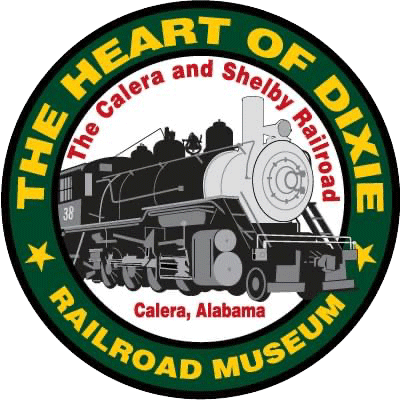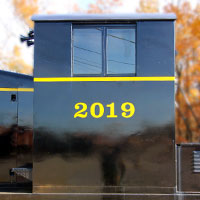 |
Heart of Dixie Railroad Museum Diesel Locomotives |
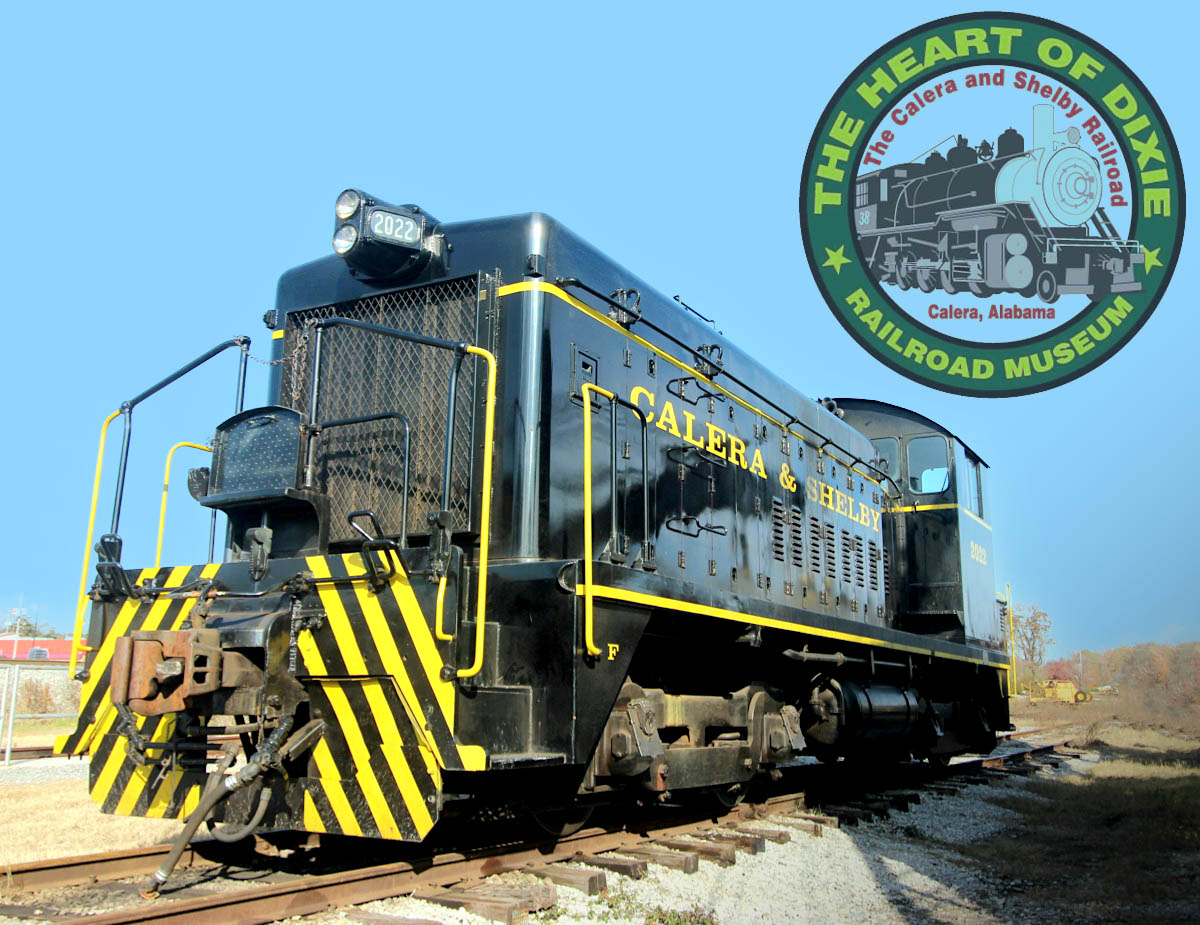
Nov 2019 / image and artwork RWH
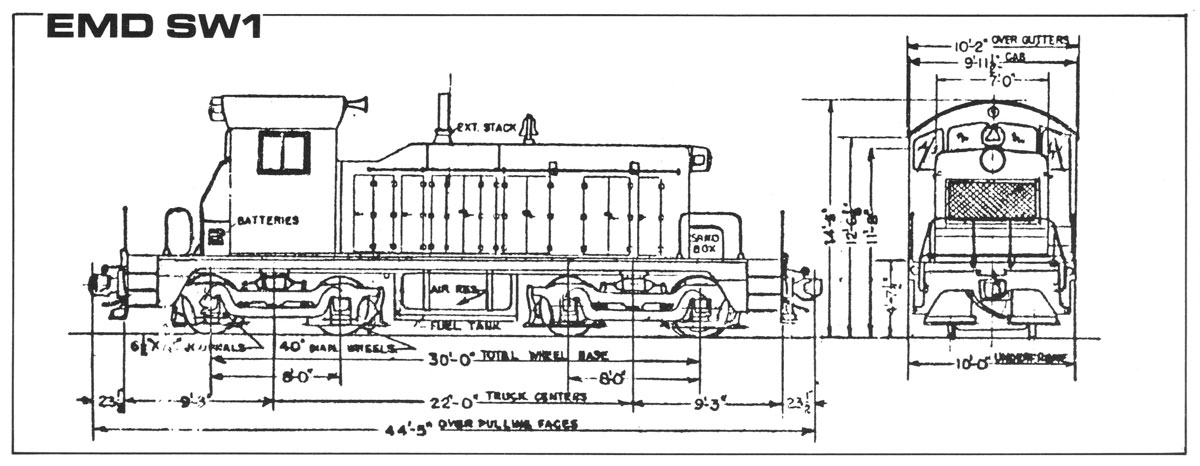
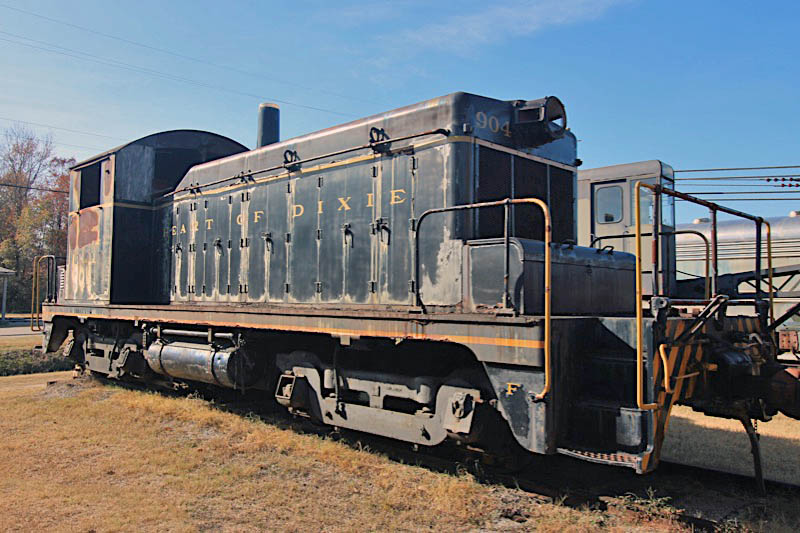
Calera & Shelby #904
Calera, Al / Nov 2019 / RWH


Calera & Shelby #904
to Republic Steel #904
to Heart of Dixie Railroad Museum
damaged by fire, stored

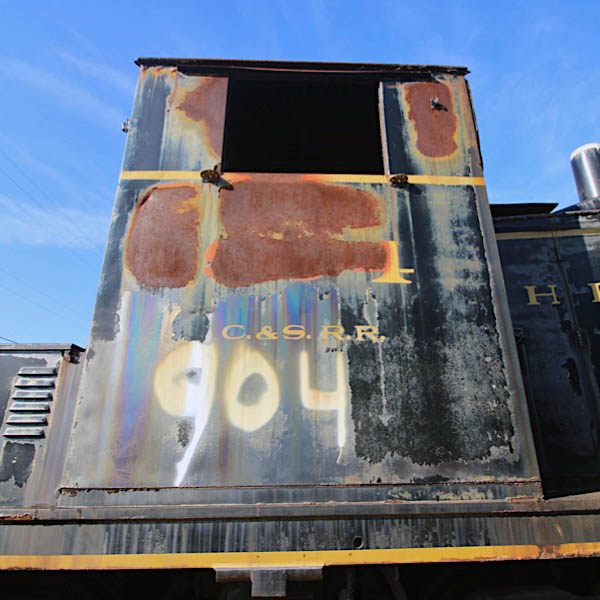
Nov 2019 / RWH
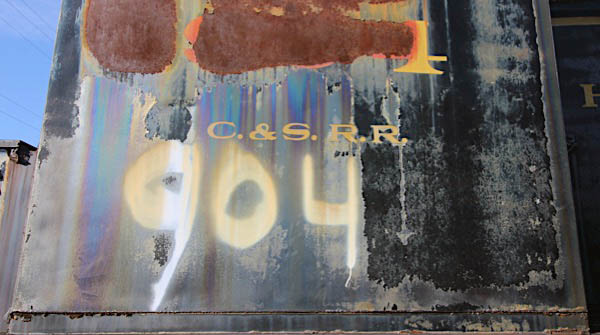
Nov 2019 / RWH
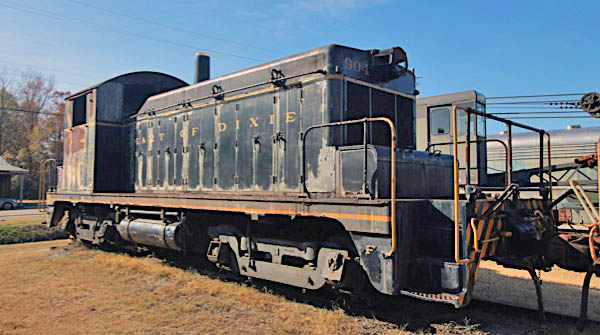
Calera, Al / Nov 2019 / RWH
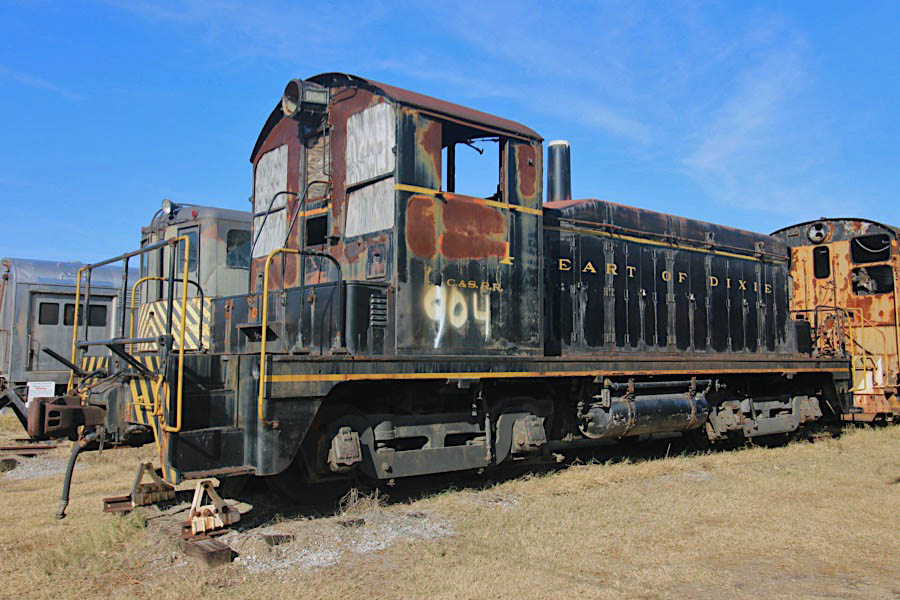
Calera, Al / Nov 2019 / RWH

No. 904 is an Electro-Motive Division (EMD) SW1 built in January of 1942. No. 904s power came from a 600 hp V6 capable of producing 450 kW. Final assembly was at EMD's plant at LaGrange (McCook) Illinois. Originally, No. 904 was Memphis Union Station (MUS) No. 10, painted blue and white.
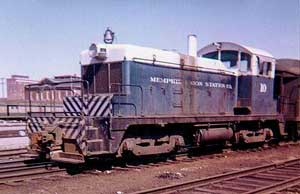 As Memphis station’s lone switch engine, known as “the ten-spot” proved up to the task. Any changes in a trains consist was handled by No. 10. On the final day of operations, in addition to normal duties, No. 10 was pulling all of the spare passenger cars out of storage and placing them on ready tracks, on the end of out bound trains or in strings to be picked up by their owners. When MUS ceased operations in 1964, No. 10 was sold to Republic Steel where she was renumbered as No. 904 and operated in Thomas Alabama until the plant shut down in 1984.
As Memphis station’s lone switch engine, known as “the ten-spot” proved up to the task. Any changes in a trains consist was handled by No. 10. On the final day of operations, in addition to normal duties, No. 10 was pulling all of the spare passenger cars out of storage and placing them on ready tracks, on the end of out bound trains or in strings to be picked up by their owners. When MUS ceased operations in 1964, No. 10 was sold to Republic Steel where she was renumbered as No. 904 and operated in Thomas Alabama until the plant shut down in 1984.
In 1989 a Heart of Dixie salvage crew went to work making her operational. Prior to joining the Heart of Dixie Roster, she actually spent a few weeks pinch-hitting for American Cast Iron Pipe Company (ACIPCO) while their engines were down. After that, she was brought to the museum's Powell Avenue site.
In the fall of 1989 the engine was painted and lettered as Louisville & Nashville No. 11 and was used for photo sessions at the Boyles Roundhouse for the L&N Historical Society Convention. The following year she was again repainted and lettered as engine No. 904 of Heart of Dixie's C&SRR. Now numbered as C&SRR No. 904 the engine remained in good operating condition until sometime in the mid-1990s. For reasons unknown, vandals or vagrants started a fire in the cab. This resulted in a catastrophic loss of the operating controls.
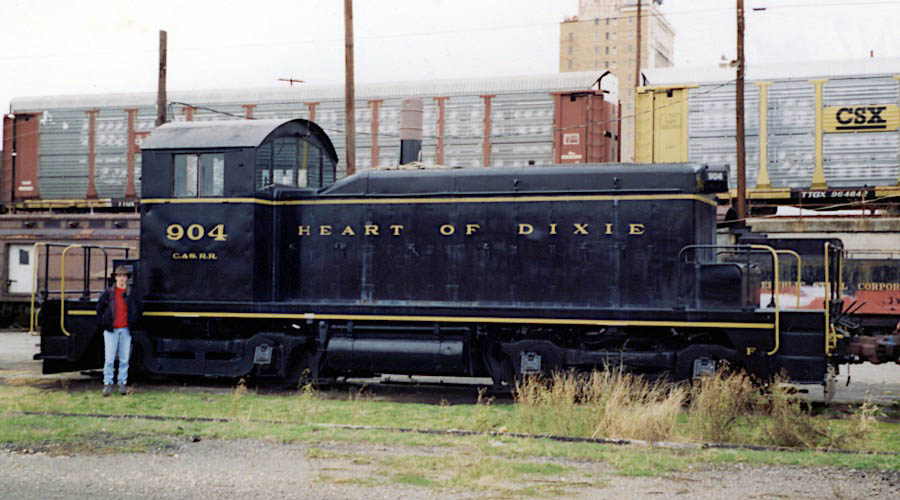
Birmingham, Al / Dec 1993 / Mark Jackson

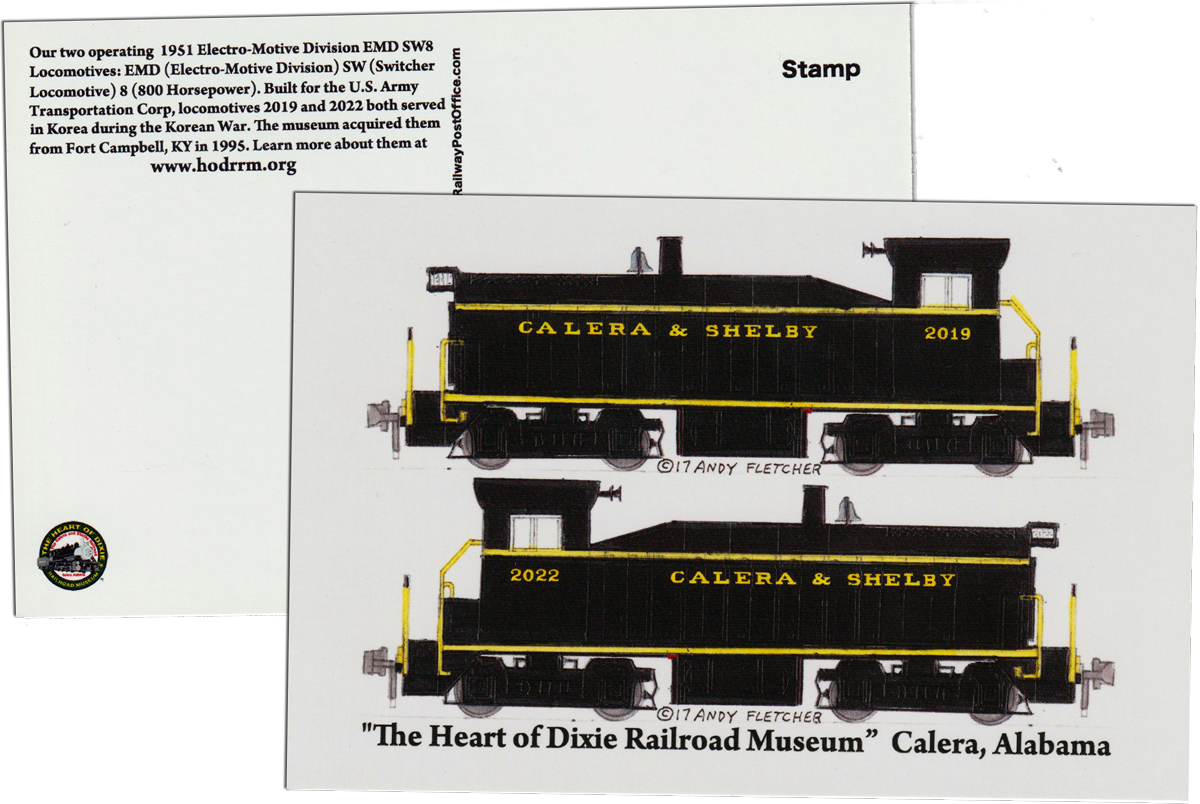
postcard / collection
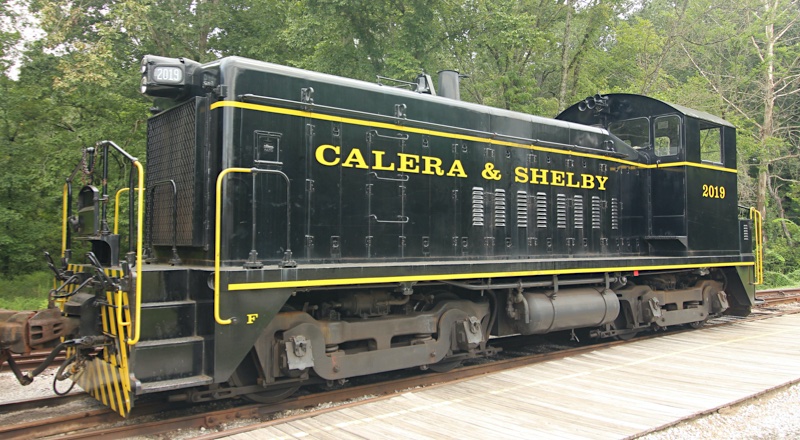
Calera & Shelby #2019
Calera, Al / Aug 2021 / RWH


Calera & Shelby #2019
used on Korean National Railroad
to Fort Campbell, Ky
to Heart of Dixie Railroad Museum


Nov 2019 / RWH
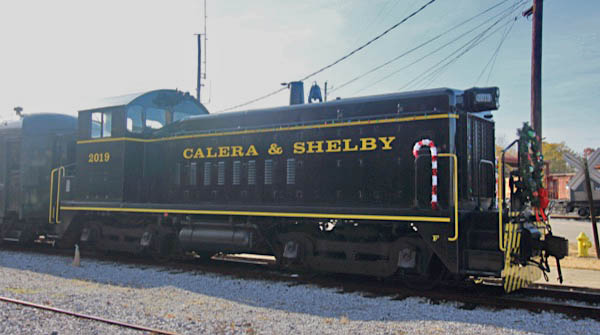
Calera, Al / Nov 2019 / RWH
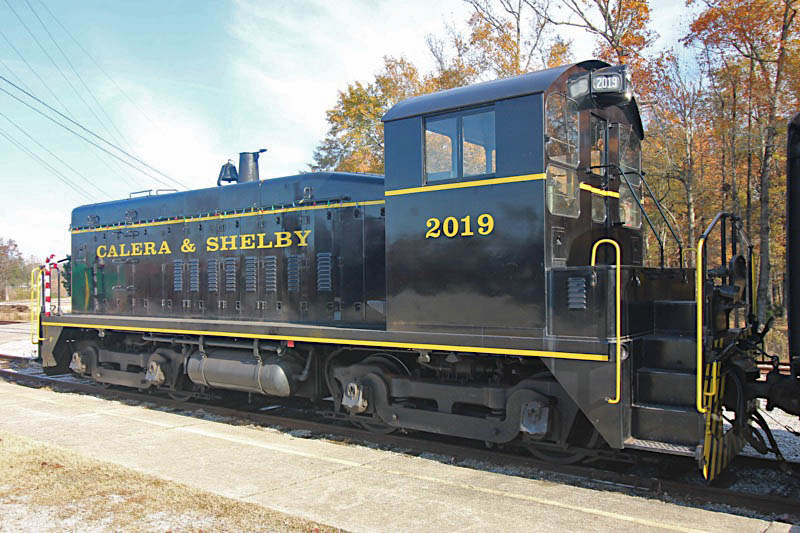
Calera, Al / Nov 2019 / RWH

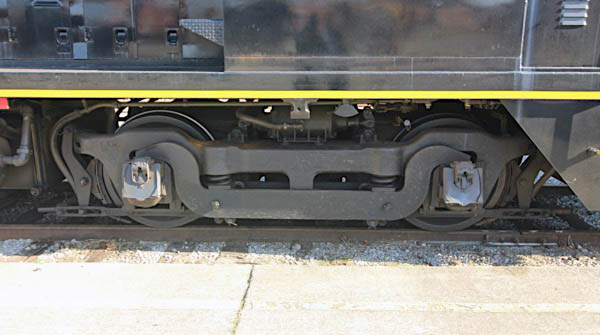
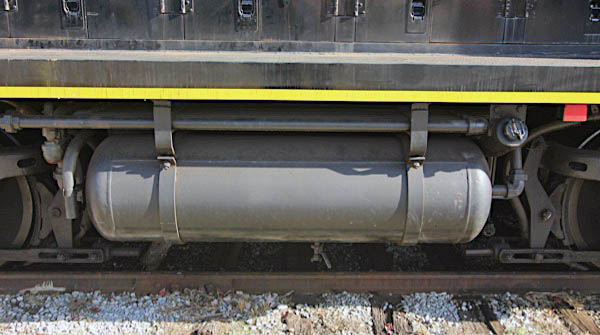
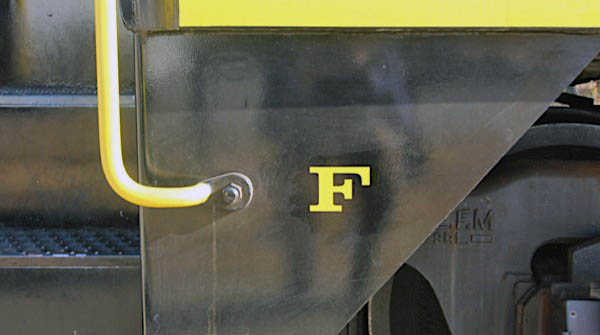
Nov 2019 / RWH
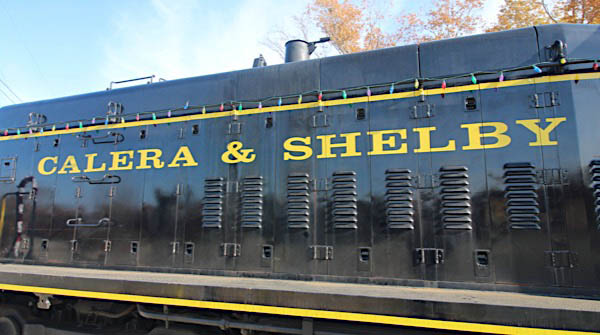
Nov 2019 / RWH
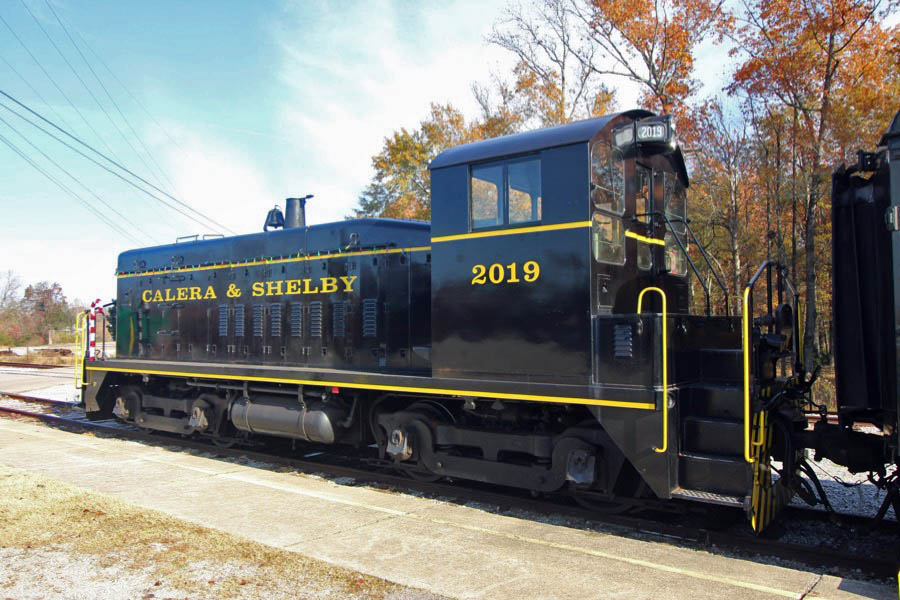
Calera, Al / Nov 2019 / RWH
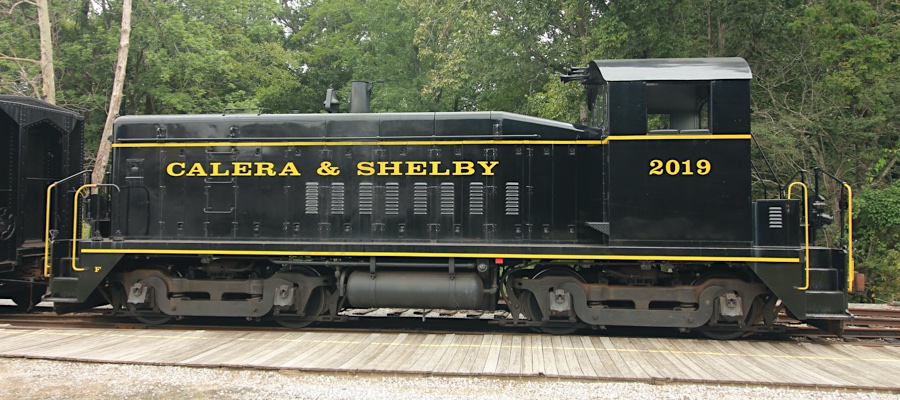
Calera, Al / Aug 2021 / RWH
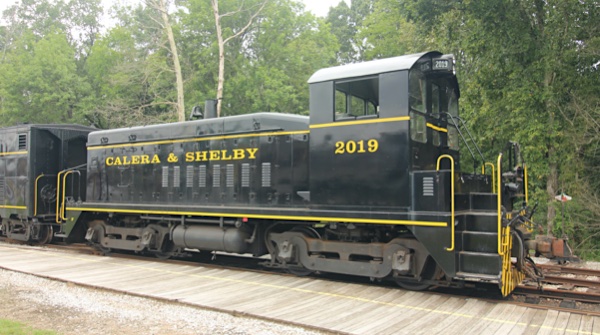
Calera, Al / Aug 2021 / RWH
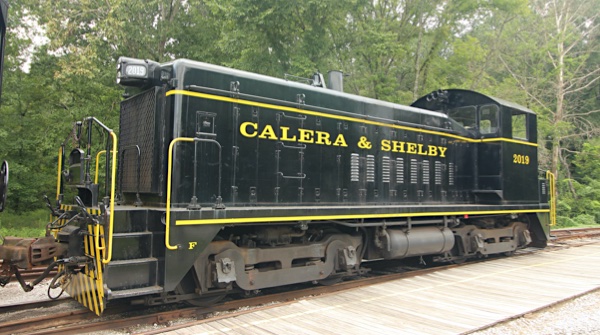
Calera, Al / Aug 2021 / RWH

Calera, Al / Aug 2021 / RWH
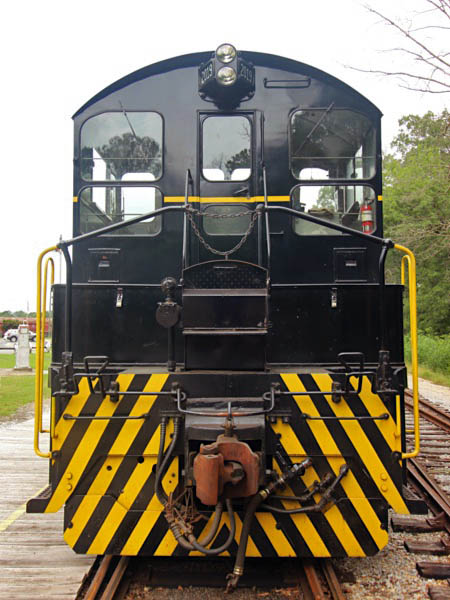
Aug 2021 / RWH

Aug 2021 / RWH
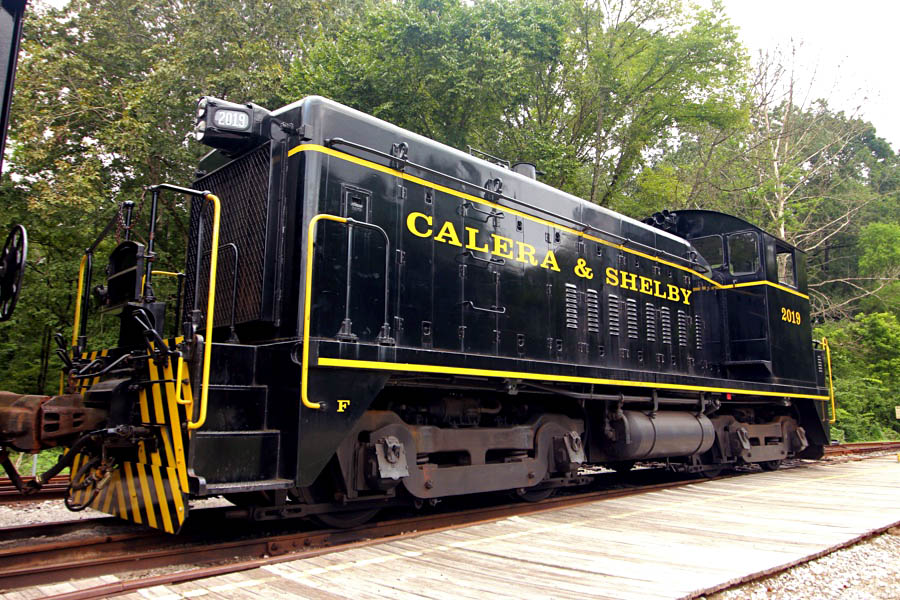
Calera, Al / Aug 2021 / RWH
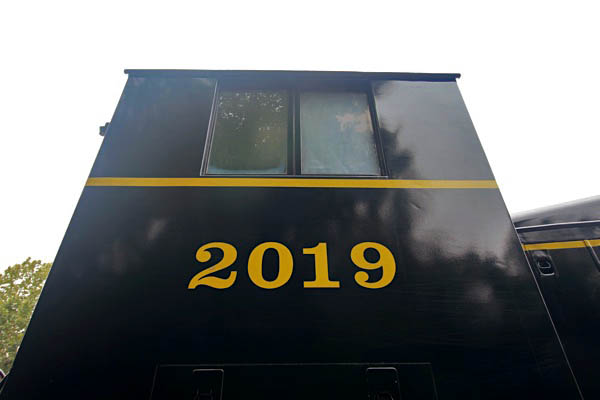
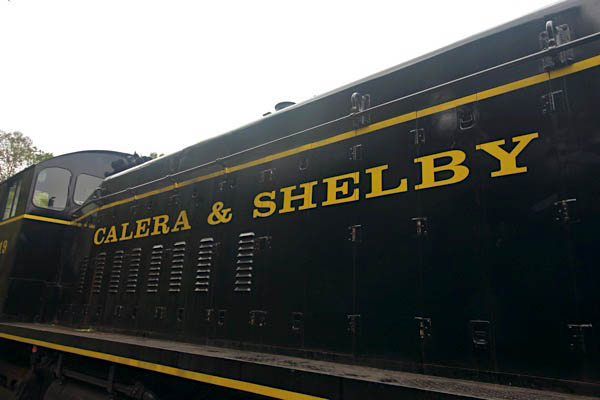
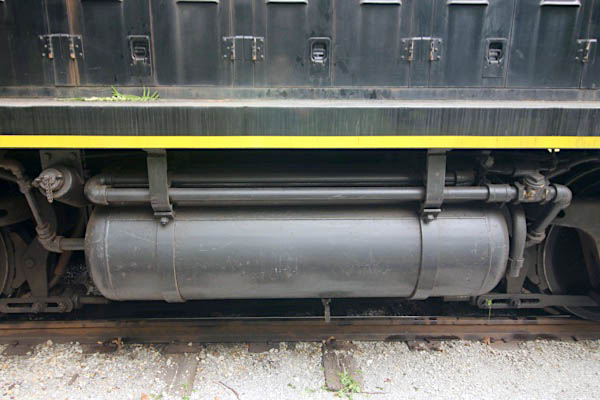
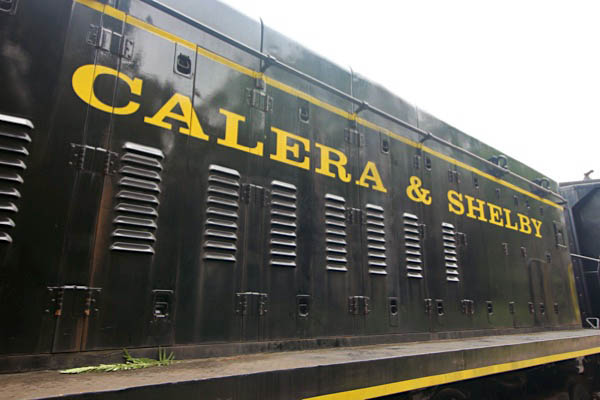
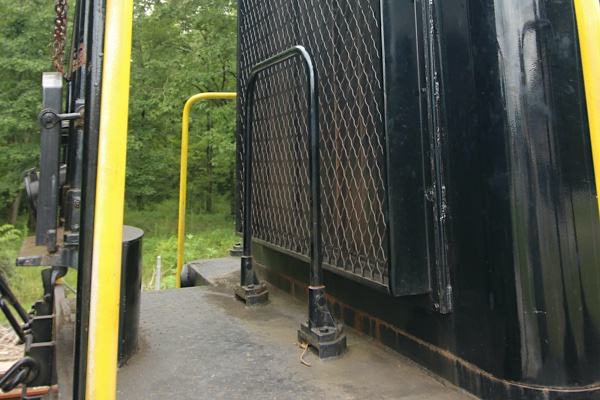
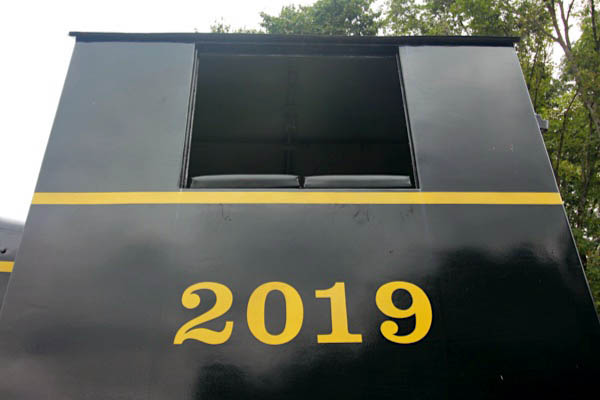
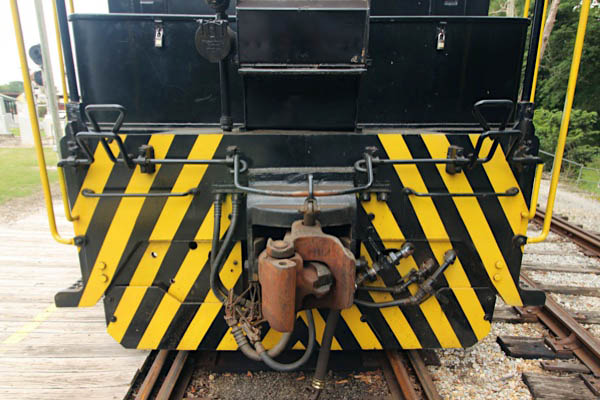
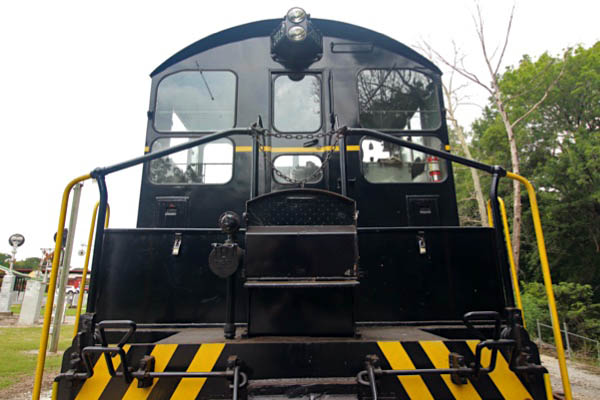

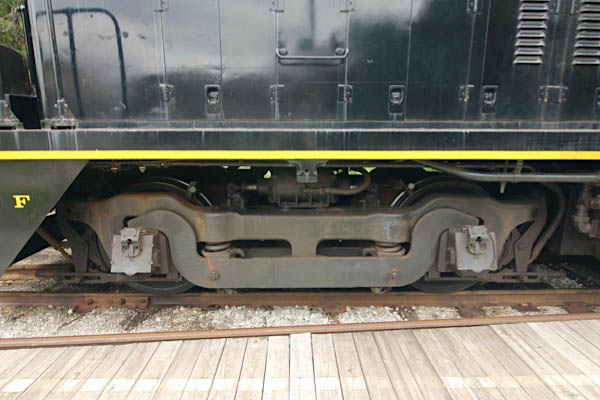

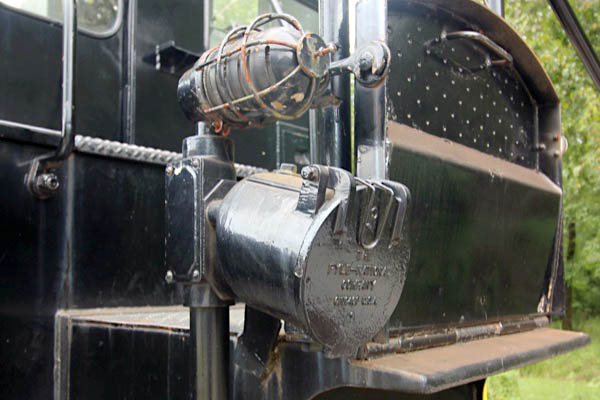
Aug 2021 / RWH
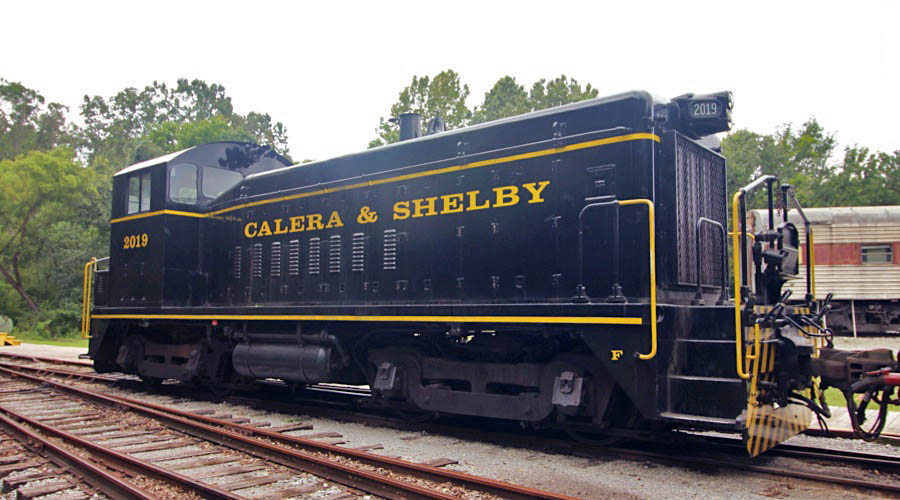
Calera, Al / Aug 2021 / RWH
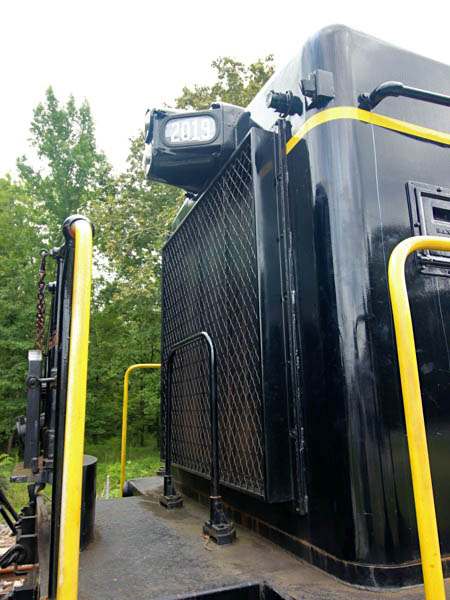
Aug 2021 / RWH
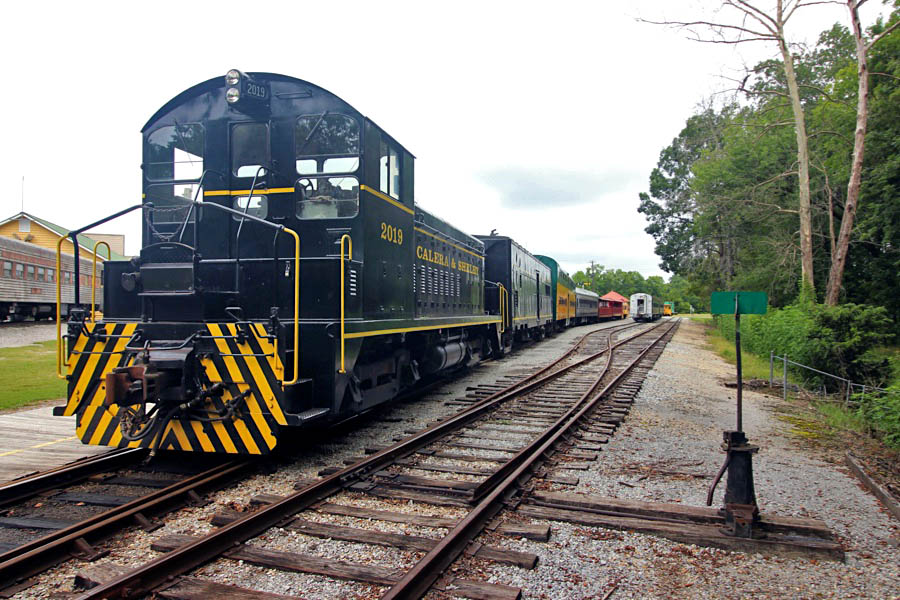
Calera, Al / Aug 2021 / RWH
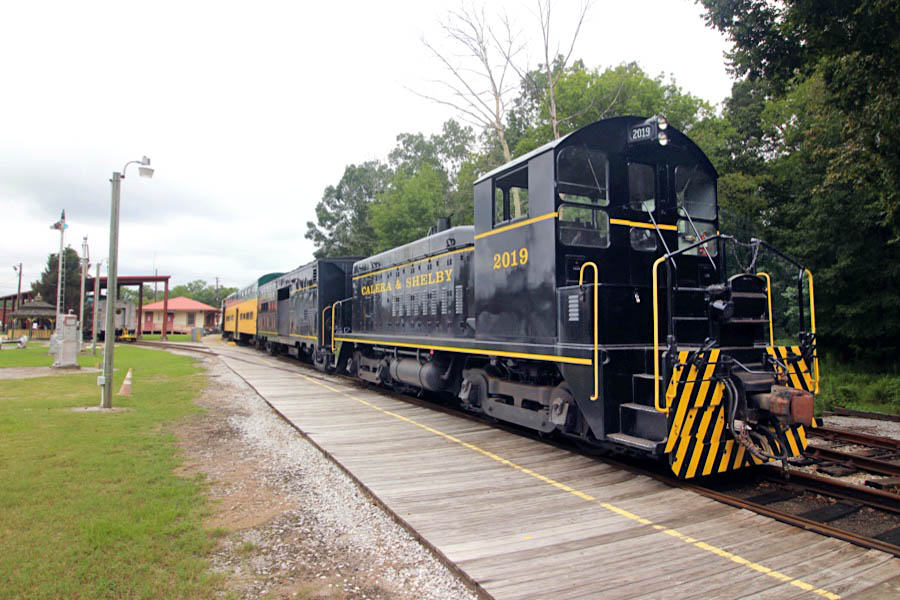
Calera, Al / Aug 2021 / RWH
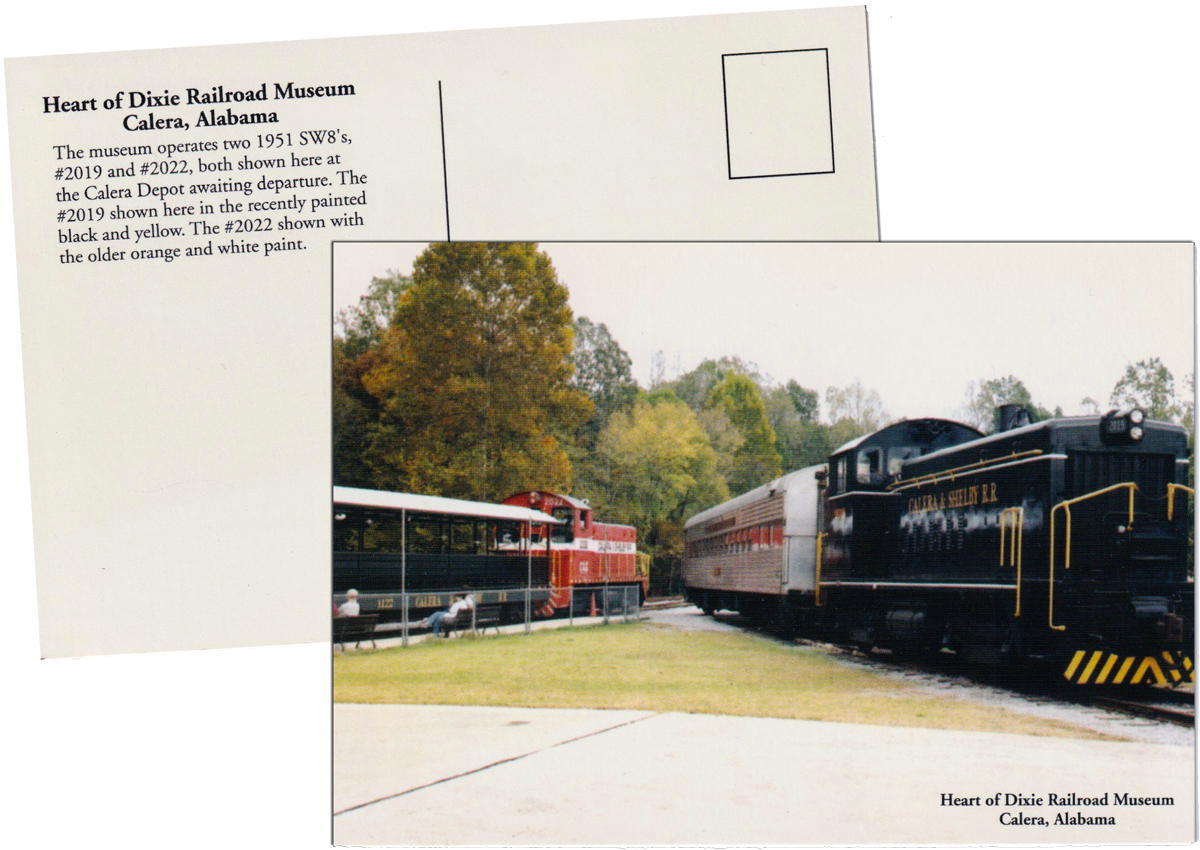
postcard / collection

Calera & Shelby #2022
Calera, Al / Nov 2019 / RWH


Calera & Shelby #2022
used on Korean National Railroad
to Fort Campbell, Ky
to Heart of Dixie Railroad Museum

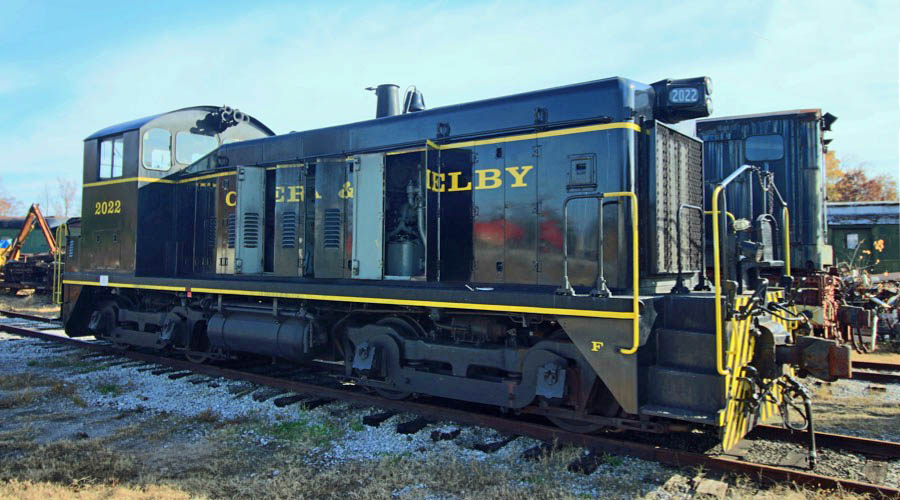
Calera, Al / Nov 2019 / RWH

Nov 2019 / RWH

Nov 2019 / RWH
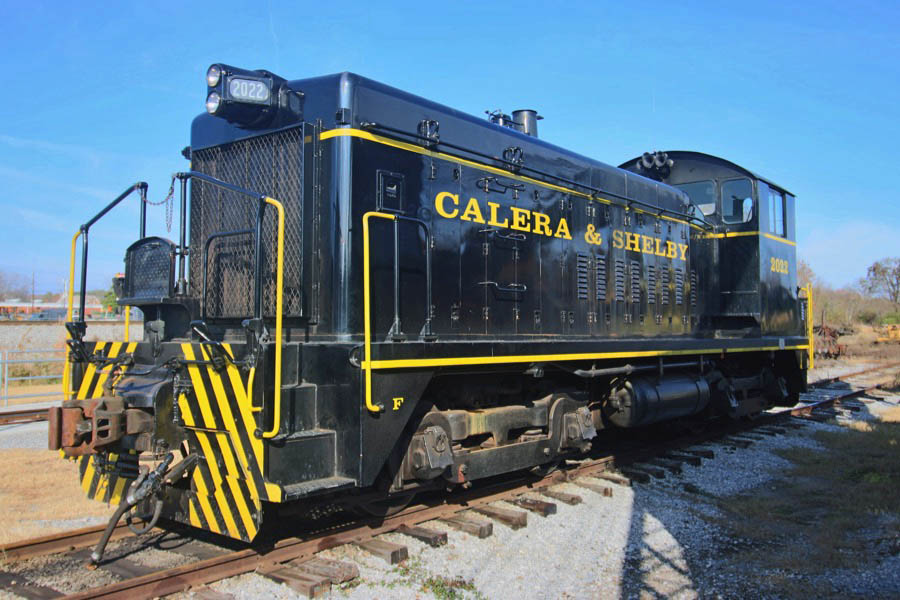
Calera, Al / Nov 2019 / RWH
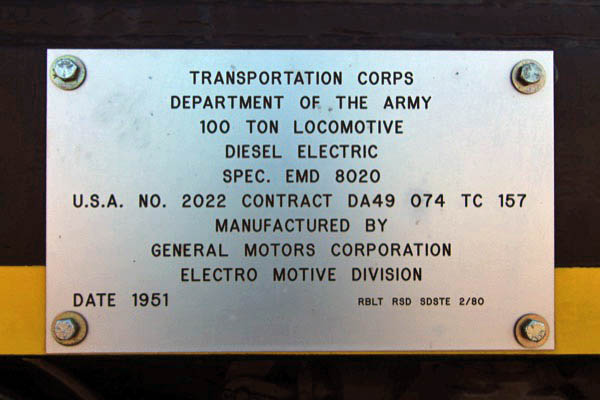
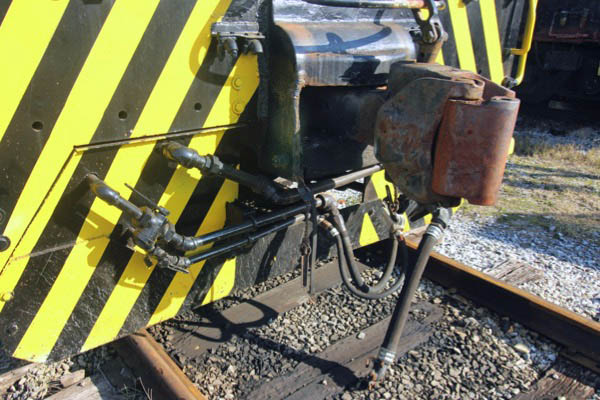

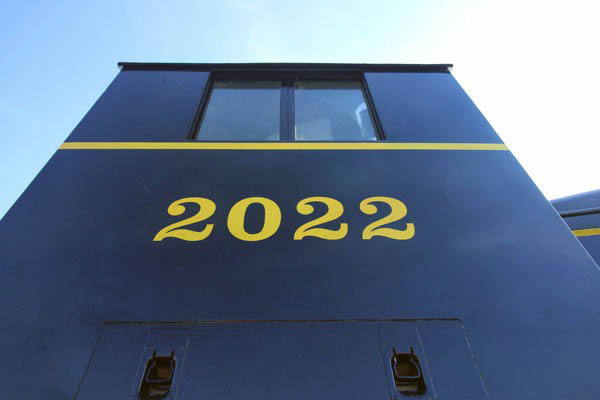
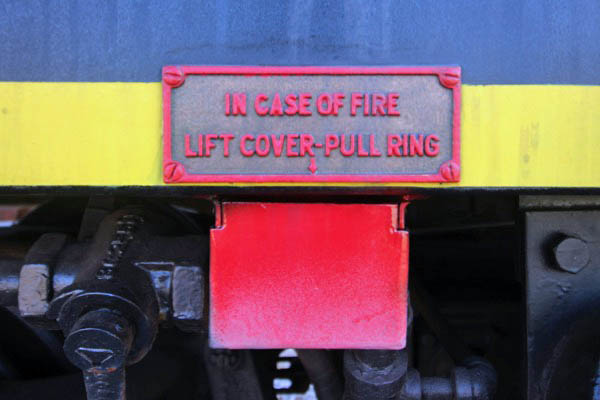
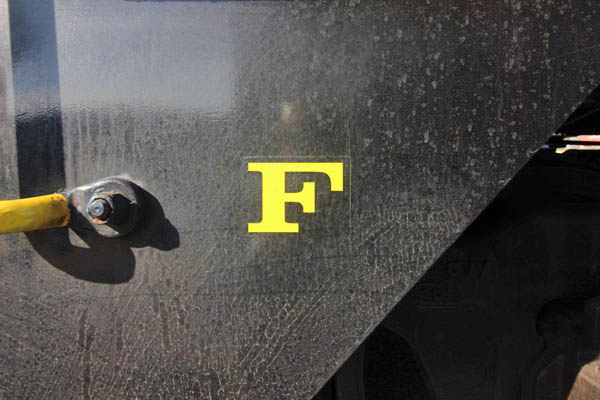
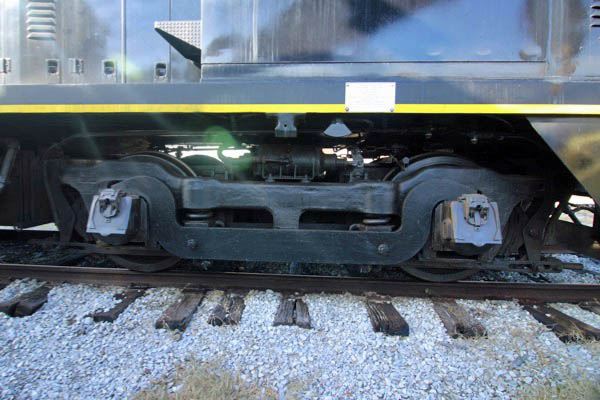
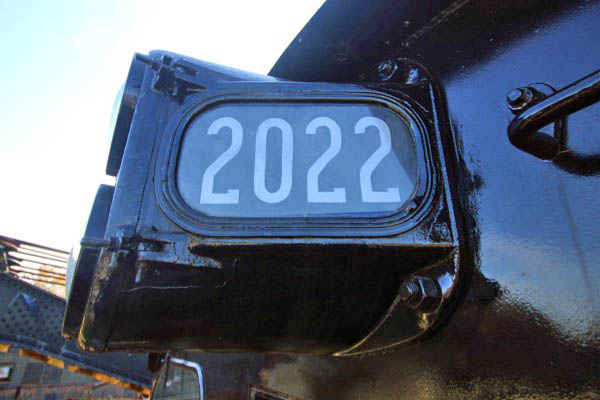
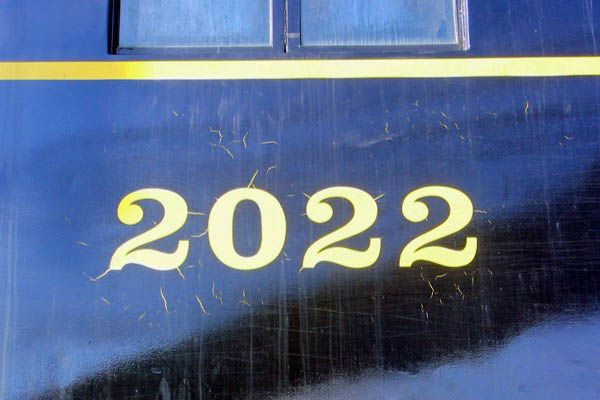
Nov 2019 / RWH
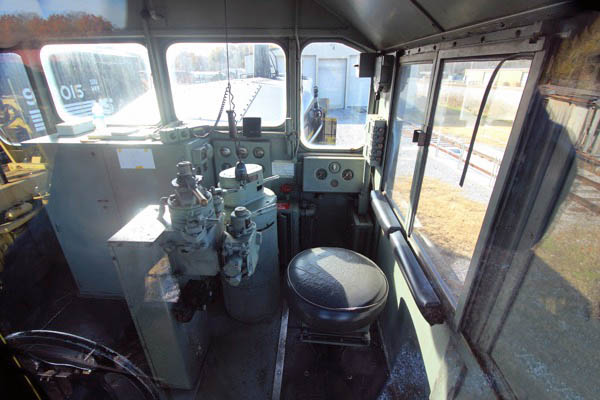
Nov 2019 / RWH
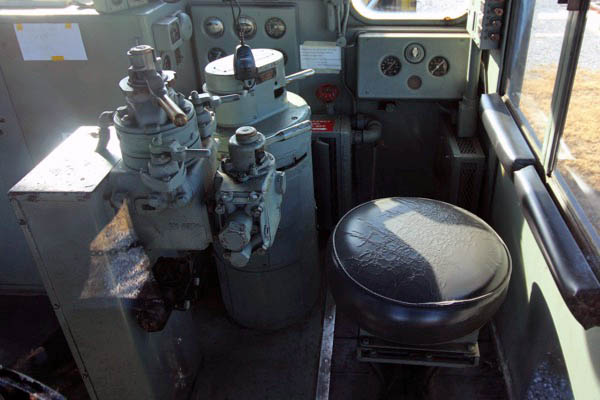
Nov 2019 / RWH
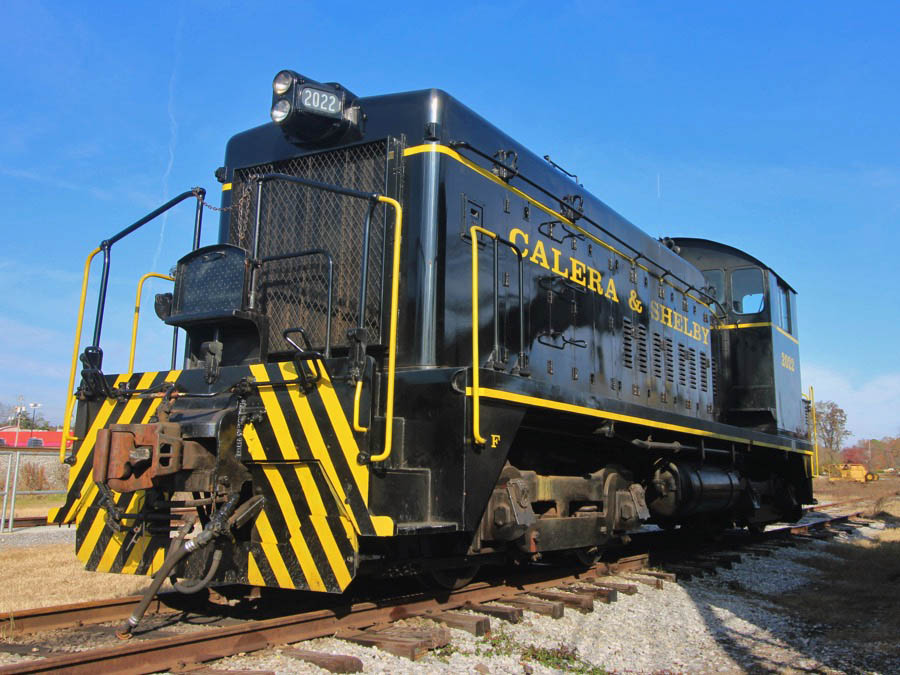
Calera, Al / Nov 2019 / RWH

Nov 2019 / RWH

Korean War Veterans
Electro-Motive Division (EMD) SW8 switch engines 2019 and 2022 were built in 1951. They are powered by a 8-cylinder 567 engine producing 800 horsepower. They have an overall length of 44’5” from coupler to coupler and have a fully loaded weight of 230,000 pounds. The SW8 was considered the medium horsepower switching locomotive in EMD’s catalog. 2019 and 2022 were 2 of 41 locomotives ordered by the U. S. Army. This order was the largest ever for SW8s from any purchaser. Carrying road Nos. 2000 through 2040 they were constructed between May and June, 1951 at EMD’s plant No. 3 in Cleveland Ohio.
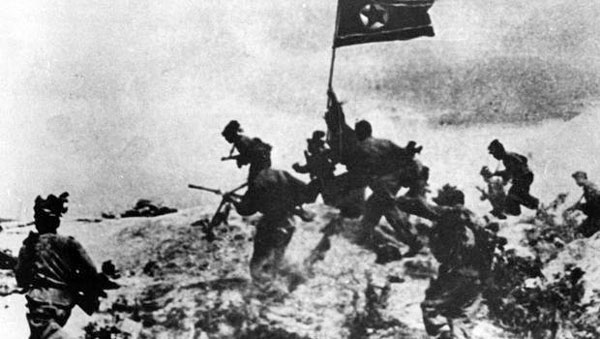 Not only do 2019 and 2022 provide the motive power for the trains of the Calera & Shelby Railroad, they are also U. S. Army veterans who saw service in Korea from 1951 to 1953. With the invasion of South Korea by North Korea, the United States, along with its United Nations partners, quickly began to ship men and supplies to halt the communist advance.
Not only do 2019 and 2022 provide the motive power for the trains of the Calera & Shelby Railroad, they are also U. S. Army veterans who saw service in Korea from 1951 to 1953. With the invasion of South Korea by North Korea, the United States, along with its United Nations partners, quickly began to ship men and supplies to halt the communist advance.
Rail transportation proved to be a vital component during the conflict. The Japanese had built the Korean rail system after having annexed Korea. This was done in support of Japan’s invasion of Manchuria. Interestingly, the Japanese built the system to the standards of the American railroad industry, utilizing standard gauge and knuckle couplers. The Korean government assumed control of the system under the name, Korean National Railroad (KNR) at the end of WWII.
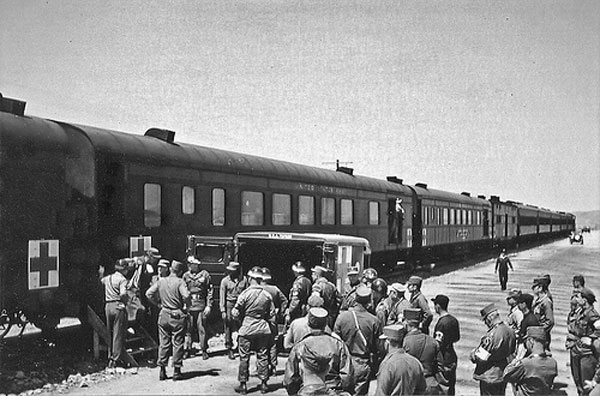 Throughout the Korean conflict, the U. S. Army depended heavily on the KNR for movement of men and supplies from the harbor at Pusan to the scene of the fighting. At the time of the invasion, the KNR had about 300 serviceable steam engines and some 6,000 cars. During the first year of the war, it became clear that the steam locomotives and equipment left behind by the Japanese were being stretched too thin to support the U. S. military’s needs. The Army made plans to purchase new diesel locomotives for use in Korea.
Throughout the Korean conflict, the U. S. Army depended heavily on the KNR for movement of men and supplies from the harbor at Pusan to the scene of the fighting. At the time of the invasion, the KNR had about 300 serviceable steam engines and some 6,000 cars. During the first year of the war, it became clear that the steam locomotives and equipment left behind by the Japanese were being stretched too thin to support the U. S. military’s needs. The Army made plans to purchase new diesel locomotives for use in Korea.
The U. S. Army’s order for 41 SW8 was the largest order for SW8s from any purchaser, more than any Class 1 railroad. After construction, they were loaded aboard ship in New York Harbor for the trip through the Panama Canal to Pusan, Korea. When the diesels arrived in Korea, railroad operations were being conducted by the 712th and 724th Transportation Railway Operating Battalions under the direction of the 3rd Military Railway Service of the United States Army. Once the diesels arrived, the usual practice was for the SW8s to be operated by two American soldiers with a Korean pilot. Trains carried men, ammunition, and supplies. Hospital trains loaded with wounded personnel ran regularly from the front to the harbor at Pusan.
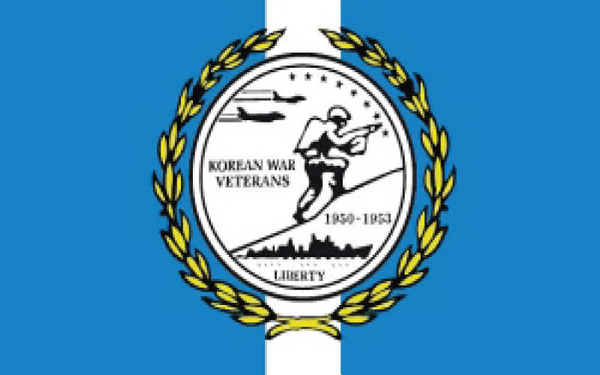 As the fighting wound down and a cease-fire was put into effect, the Army shipped most of the diesels back to the United States in 1953. Some of the SW8s remained behind and continue in KNR service today. No. 2019 was sent back to EMD for reconditioning in September 1953, and No. 2022 was rebuilt in June of 1955. Both engines along with their sisters saw service at military bases in the states until being retired in the early 1990s. Nos. 2019 and 2022 finished out their service careers at Ft. Campbell, Kentucky and were acquired through government surplus by the Heart of Dixie Railroad Museum in 1995.
As the fighting wound down and a cease-fire was put into effect, the Army shipped most of the diesels back to the United States in 1953. Some of the SW8s remained behind and continue in KNR service today. No. 2019 was sent back to EMD for reconditioning in September 1953, and No. 2022 was rebuilt in June of 1955. Both engines along with their sisters saw service at military bases in the states until being retired in the early 1990s. Nos. 2019 and 2022 finished out their service careers at Ft. Campbell, Kentucky and were acquired through government surplus by the Heart of Dixie Railroad Museum in 1995.
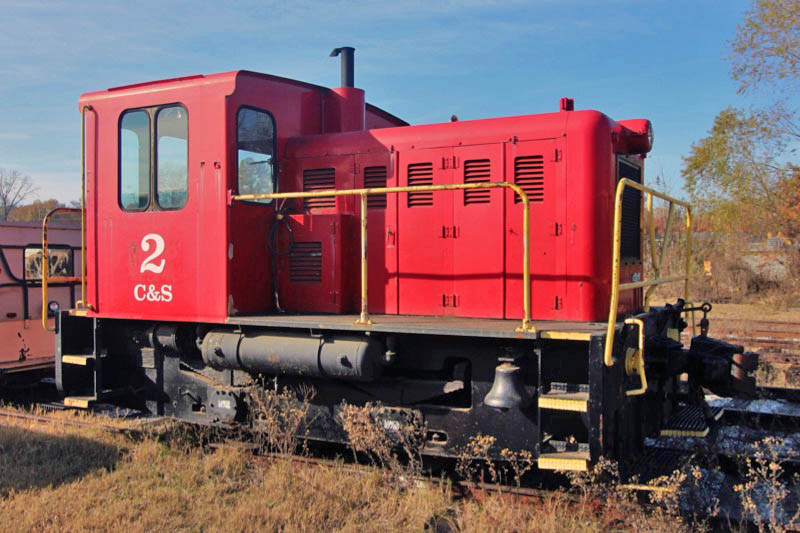
Calera & Shelby #2
Calera, Al / Nov 2019 / RWH


Calera & Shelby #2
to Monsanto Chemical Co. #2
to Heart of Dixie Railroad Museum
in service as shop goat
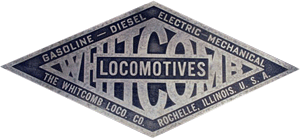
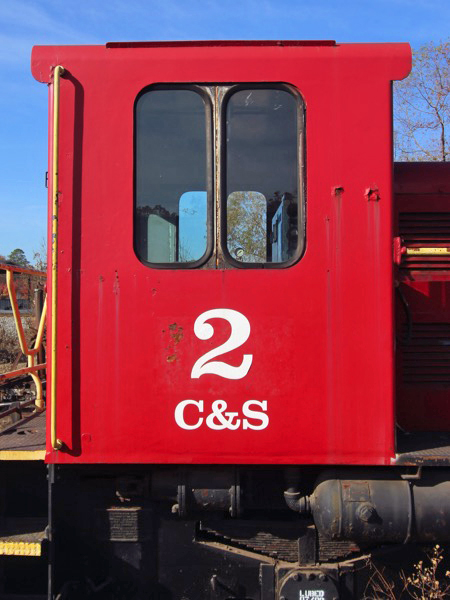
Nov 2019 / RWH
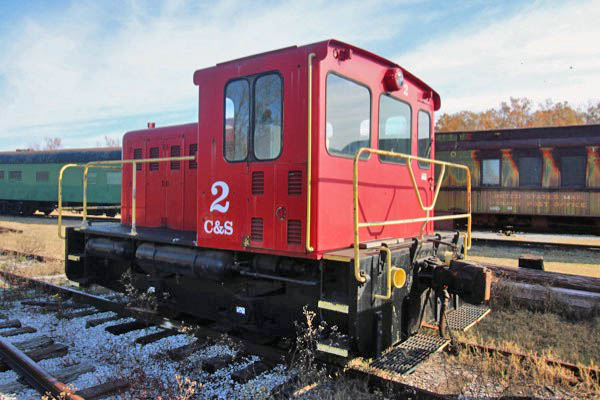
Calera, Al / Nov 2019 / RWH
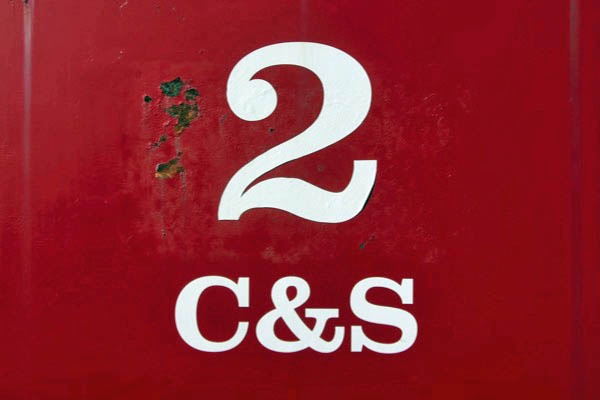
Nov 2019 / RWH
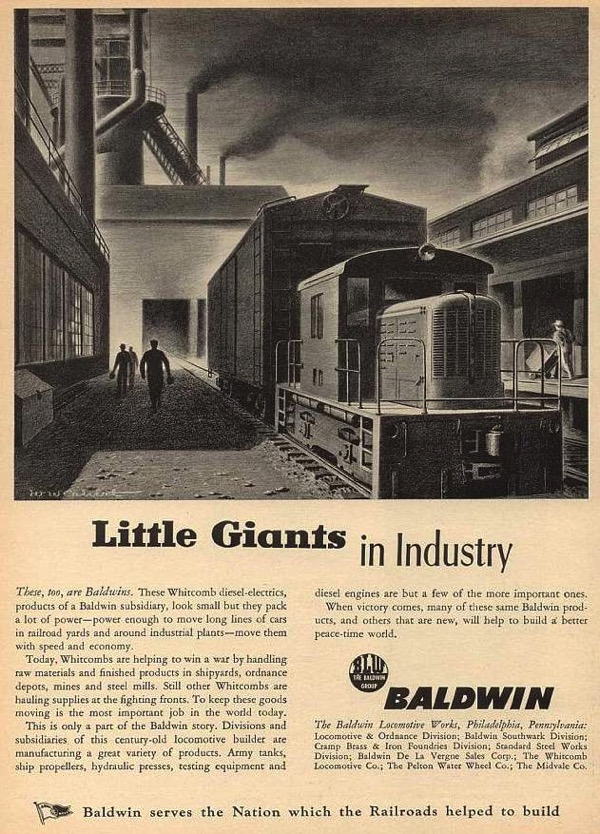
collection
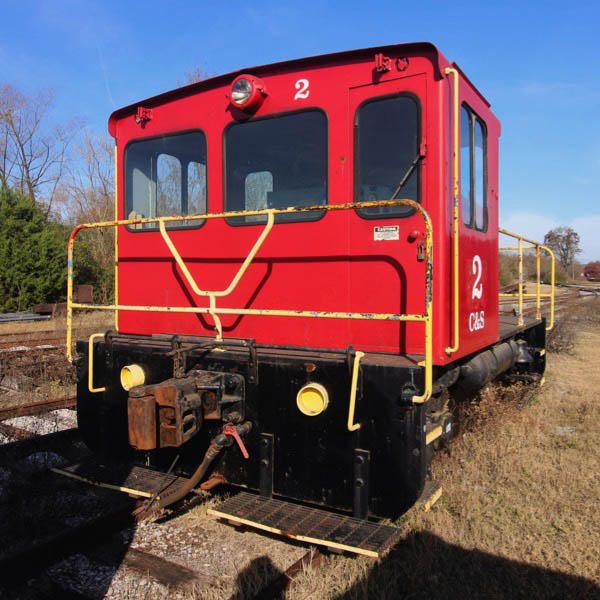
Calera, Al / Nov 2019 / RWH
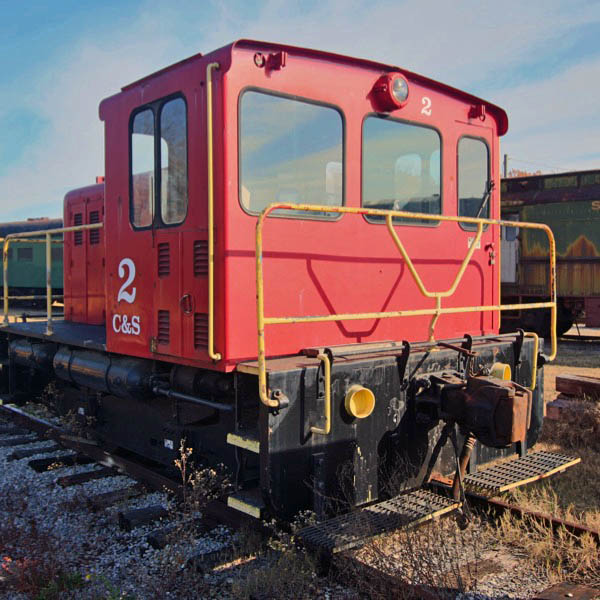
Calera, Al / Nov 2019 / RWH
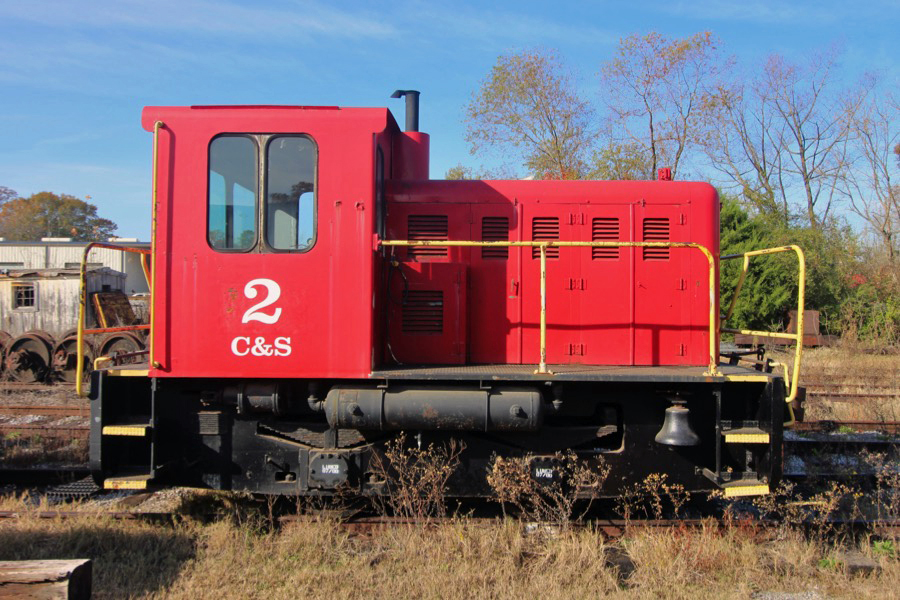
Calera, Al / Nov 2019 / RWH

 UNCOMMON or UNUSUAL locomotive
UNCOMMON or UNUSUAL locomotive
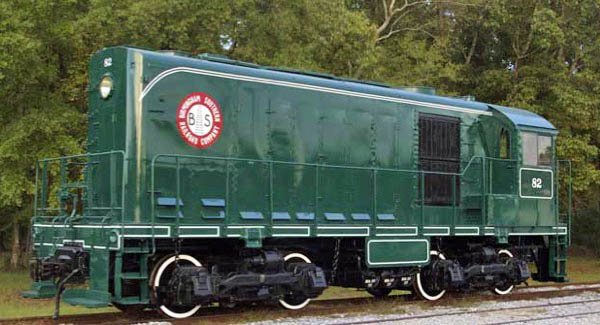
Birmingham Southern #82
Heart of Dixie photo


Birmingham Southern #82
(1 of 8 in Birmingham Sou order)
to American Cast Iron Pipe Co. #103
to Heart of Dixie Railroad Museum


Calera, Al / Nov 2019 / RWH

Calera, Al / Nov 2019 / RWH
 Alco HH series
Alco HH series
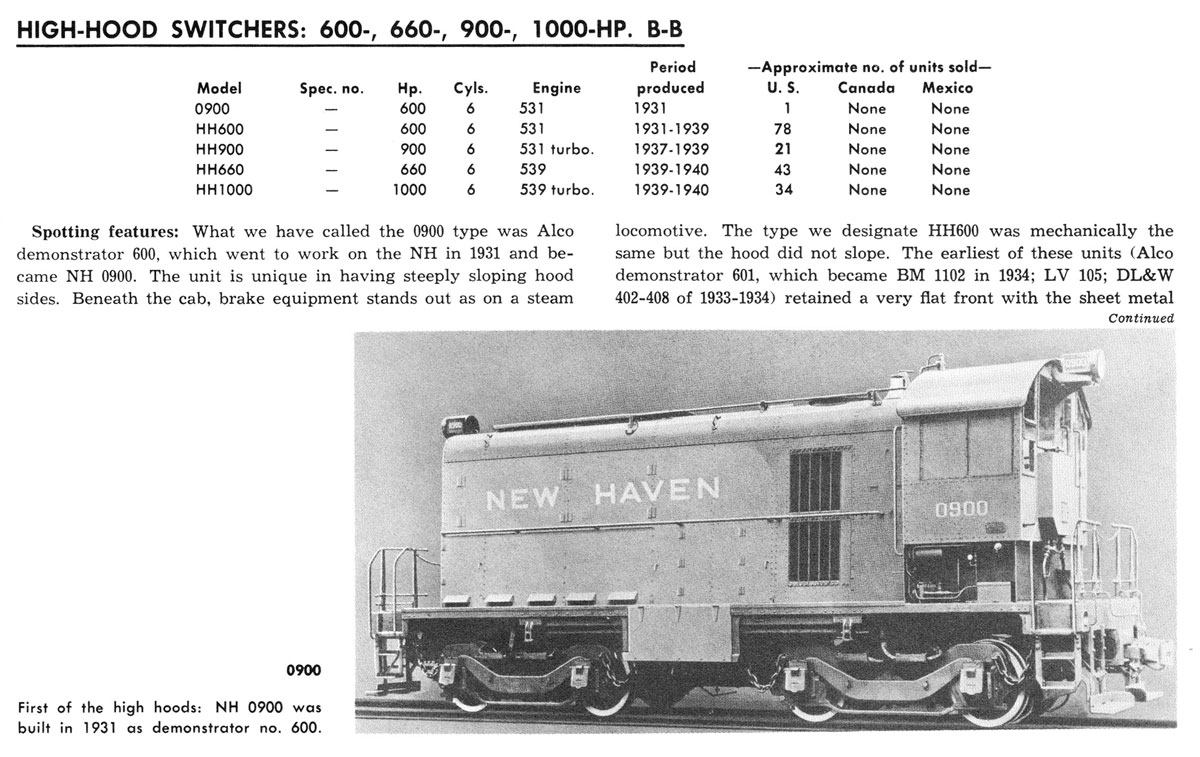
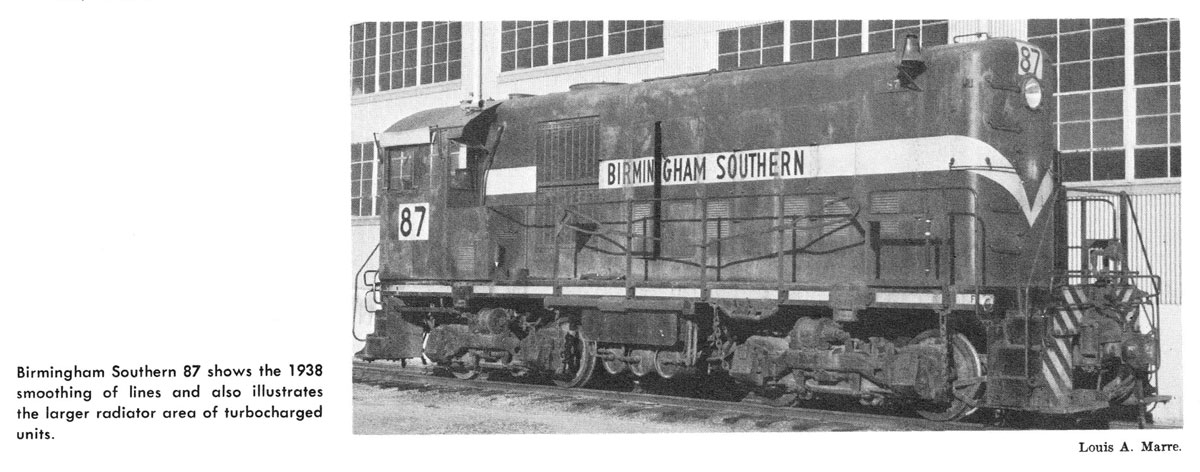
from The Second Diesel Spotter's Guide
- Jerry A. Pinkepank / collection
The ALCO HH series were an early series of switcher diesel-electric locomotives built by the American Locomotive Company (ALCO) of Schenectady, New York between 1931 and 1940, when they were replaced by the S series; the 660 hp (490 kW) S-1 and 1,000 hp (750 kW) S-2. They were ALCO's first diesel switchers to enter true series production, and among the very first land vehicles anywhere to use the revolutionary diesel-electric power transmission.
The "HH" name stood for "High Hood", a name ALCO came eventually to use in an official context, but originally an unofficial name. Model designations such as HH600 are only semi-official. Original ALCO designations were either descriptive or based on the internal order/design number. A total of 177 of the HH series were produced; this comprised one prototype and four production models of varying power outputs.
The HH900 was a 900 hp (670 kW) version of the HH series using a turbocharged version of the McIntosh & Seymour 531 engine. Both turbocharged models (HH900 and HH1000) needed a greater cooling capacity, and this was reflected in the larger bodyside radiator space of both models, which distinguishes them from the lower-powered HH600 and HH660. The 21 HH900 units were produced between March 1937 and January 1939, after which it was replaced by the McIntosh & Seymour 538T-engined HH1000. Several HH900s were built with the 538T engine.

from EXTRA 2200 South magazine - Jul 1972 / collection
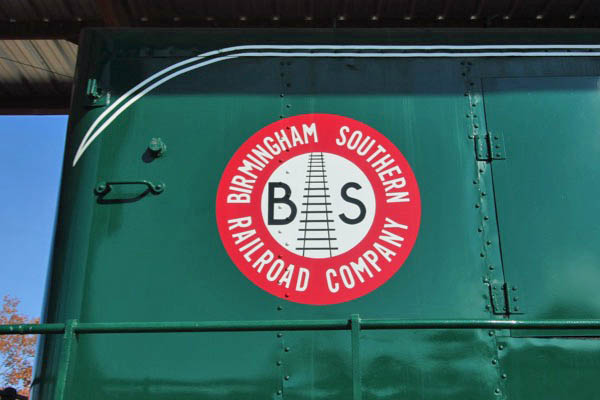
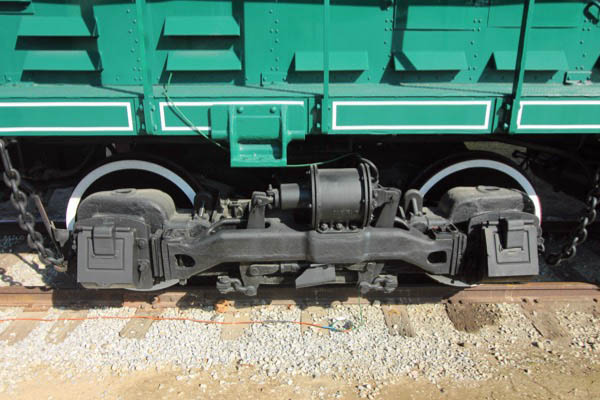
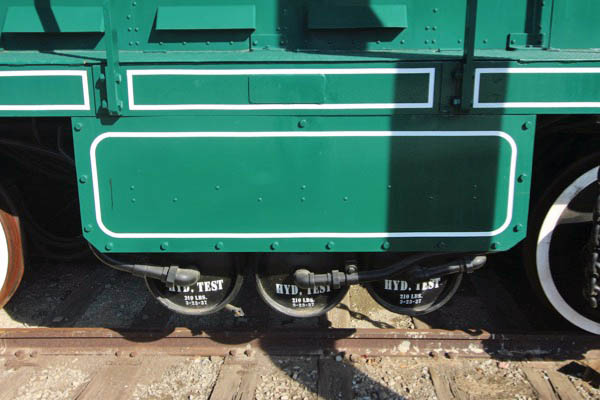
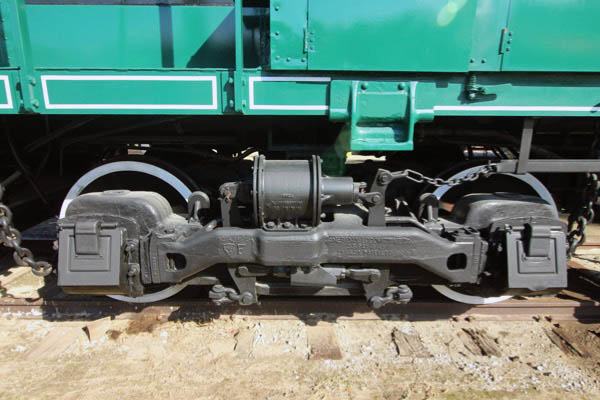
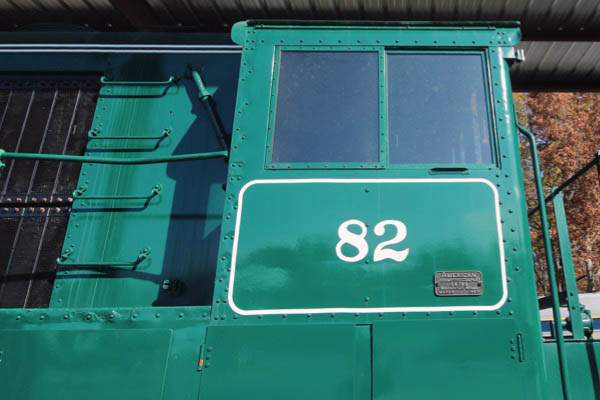
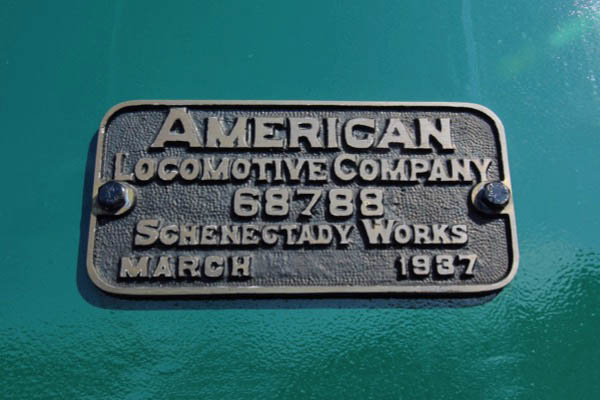
Nov 2019 / RWH

Calera, Al / Nov 2019 / RWH

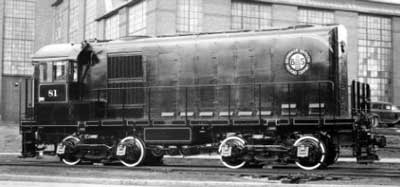 Built by The American Locomotive Company (ALCO), Schenectady, NY, in March 1937 under the construction number 68788. It was delivered to its original owner, the Birmingham Southern Railroad carrying the road number 82. BS bought 5 HH900s and 5 EMC NC locomotives as part of their dieselization initiative in 1937. Later they acquired 86-88.
Built by The American Locomotive Company (ALCO), Schenectady, NY, in March 1937 under the construction number 68788. It was delivered to its original owner, the Birmingham Southern Railroad carrying the road number 82. BS bought 5 HH900s and 5 EMC NC locomotives as part of their dieselization initiative in 1937. Later they acquired 86-88.
These locomotives were 900 horsepower supercharged diesel locomotives built for switching service and equipped with multiple-unit controls for transfer service. With a length of 43’ 3” and weight of 115 tons, the HH900 has a starting tractive force of 69,000 pounds. The prime mover is a McIntosh & Seymour Model 6-53T engine. The locomotive was equipped with Westinghouse electrical equipment.
 The original paint scheme is believed to have been dark green with white pinstriping and lettering, however no color photo has ever been found to support this. As a Birmingham Southern Railroad locomotive, its last paint scheme would have been green with a broad yellow strip and black lettering. For over two decades No. 82 worked for the Birmingham Southern, but eventually all of the High Hoods were replaced by newer power. No. 82’s inspection cards show Birmingham Southern last operated her in 1962.
The original paint scheme is believed to have been dark green with white pinstriping and lettering, however no color photo has ever been found to support this. As a Birmingham Southern Railroad locomotive, its last paint scheme would have been green with a broad yellow strip and black lettering. For over two decades No. 82 worked for the Birmingham Southern, but eventually all of the High Hoods were replaced by newer power. No. 82’s inspection cards show Birmingham Southern last operated her in 1962.
The next year Birmingham Southern sold Nos. 81 and 82 to one of its on-line shipping customers, American Cast Iron Pipe Company (ACIPCO). ACIPCO renumbered the engines as their Nos. 101 and 103, respectively and operated them in a plain green paint scheme. Later, the green paint was replaced with an elaborate red, white and blue scheme. For the next two decades No. 103 switched carloads of cast iron pipe before being finally sidelined due to a broken crankshaft. Retirement
In her last years of operation, No. 103 was the second-oldest operating diesel locomotive in the United States. With her retirement, No. 103 was subsequently donated to the Heart of Dixie Railroad Museum.

sister locomotives / from EXTRA 2200 South magazine - Oct 1971 / collection

 UNCOMMON or UNUSUAL locomotive
UNCOMMON or UNUSUAL locomotive
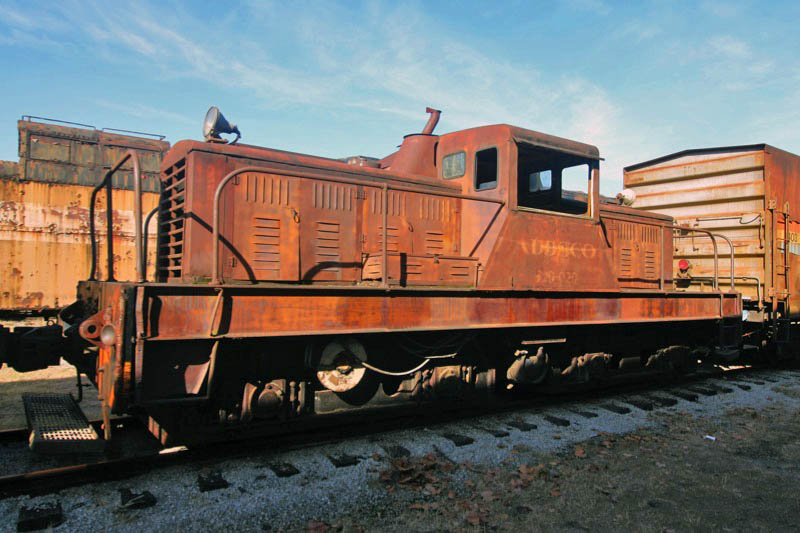
Alabama Dry Dock & Shipbuilding #520-020
Calera, Al / Nov 2019 / RWH


Alabama Dry Dock & Shipbuilding #520-020
to Heart of Dixie Railroad Museum
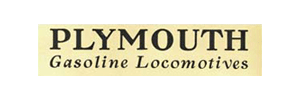
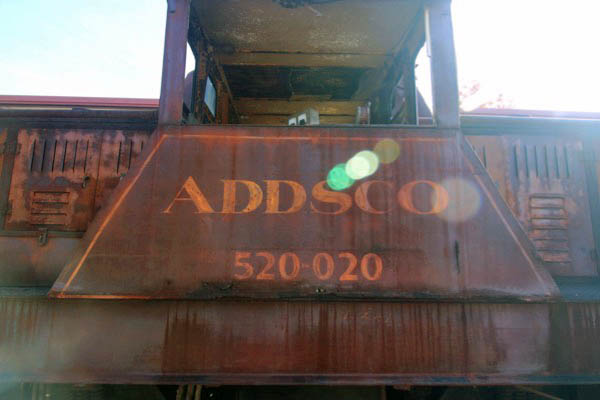
Nov 2019 / RWH
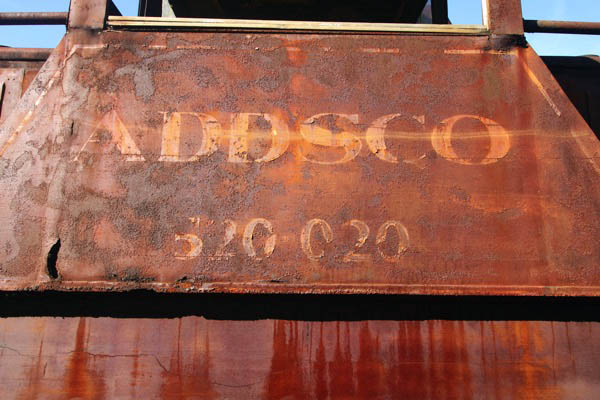
Nov 2019 / RWH
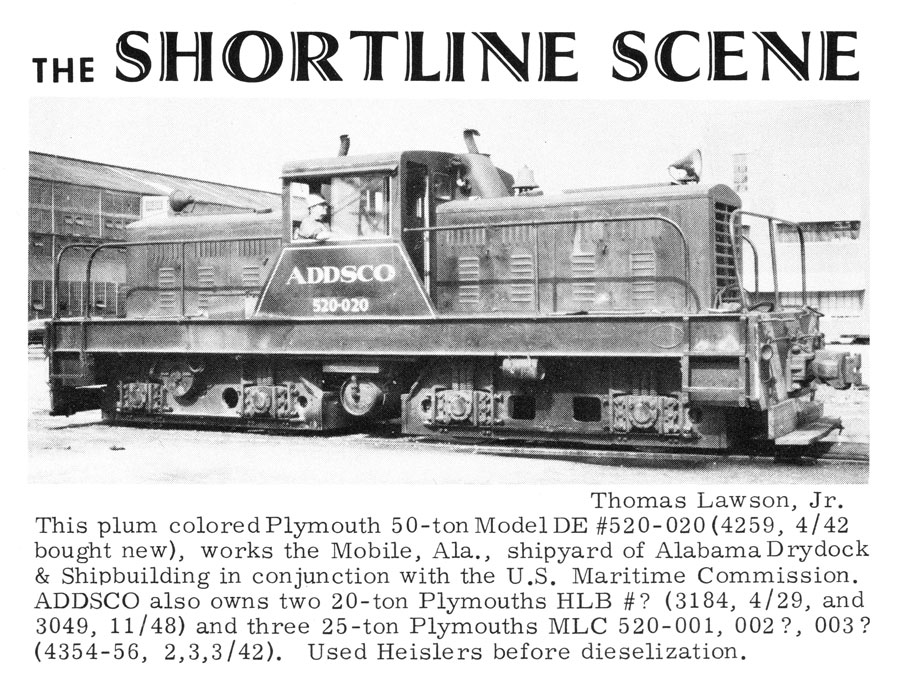
from EXTRA 2200 South magazine - Jul 1974 / collection
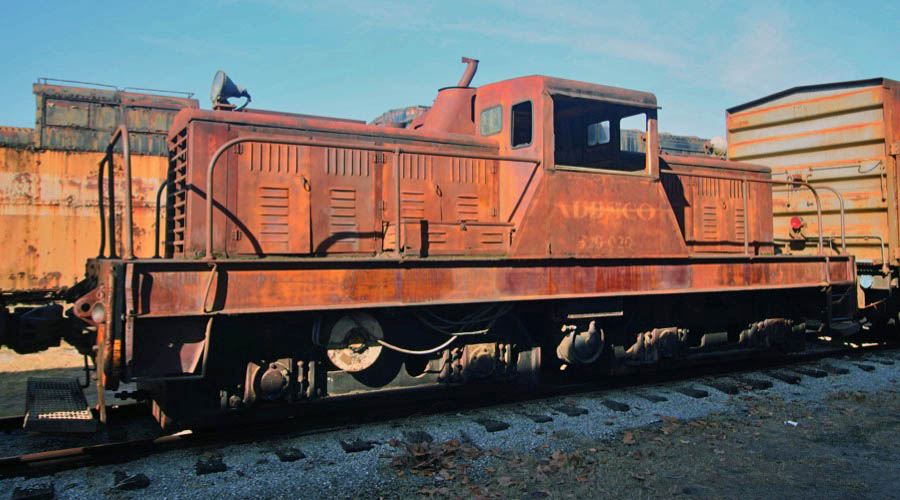
Calera, Al / Nov 2019 / RWH
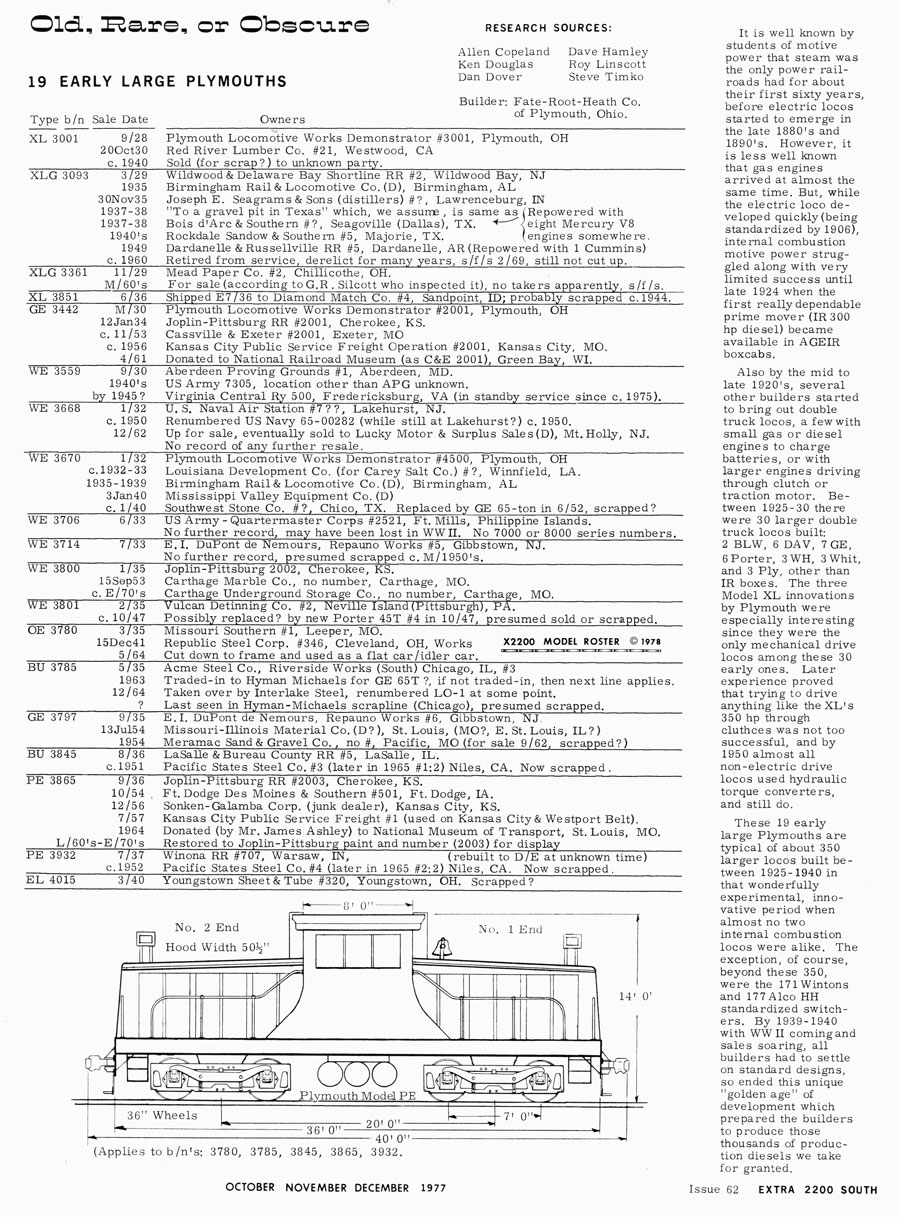
from EXTRA 2200 South magazine - Oct 1971 / collection
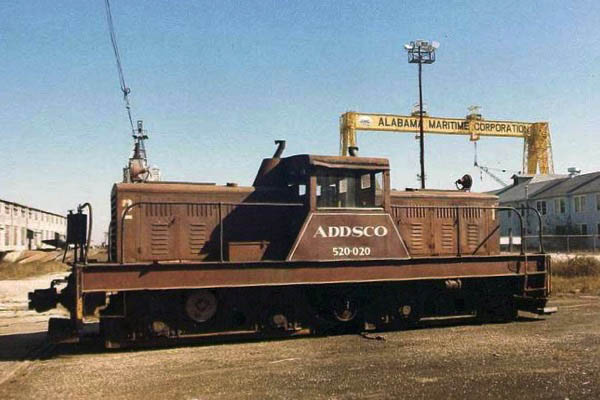
Mobile, Al / John D. Peterson - AlabamaRailfan.com

 UNCOMMON or UNUSUAL locomotive
UNCOMMON or UNUSUAL locomotive

Birmingham Slag Company #2430
Calera, Al / Nov 2019 / RWH


Birmingham Slag Company #2430
to Vulcan Materials Company #2430
to Heart of Dixie Railroad Museum


This 35 ton center cab switcher was built in 1953 by Euclid Company of Ohio. It is the only locomotive Euclid produced. Euclid was better known for their manufacturing of off-road haulers and scrapers. By the early 1950s, Euclid had grown to become a large corporation. General Motors saw an opportunity to enter the earthmoving manufacturing market building on the strengths of the Euclid Corporation. On September 30, 1953, the General Motors take over was announced. With an already strong presence in the Locomotive marketplace via EMD, the continued production and developed of a Euclid locomotive product line came to an end before it even really got started. Birmingham Slag Company (later named Vulcan Materials Company) operated 2430 using the road number DE4. Vulcan Materials Company later retired #2430. The locomotive was donated to the Heart of Dixie Railroad Museum in 1973. Since the museum’s move to Calera, 2430 has been on static display in Clark Yard.

 UNCOMMON or UNUSUAL locomotive
UNCOMMON or UNUSUAL locomotive
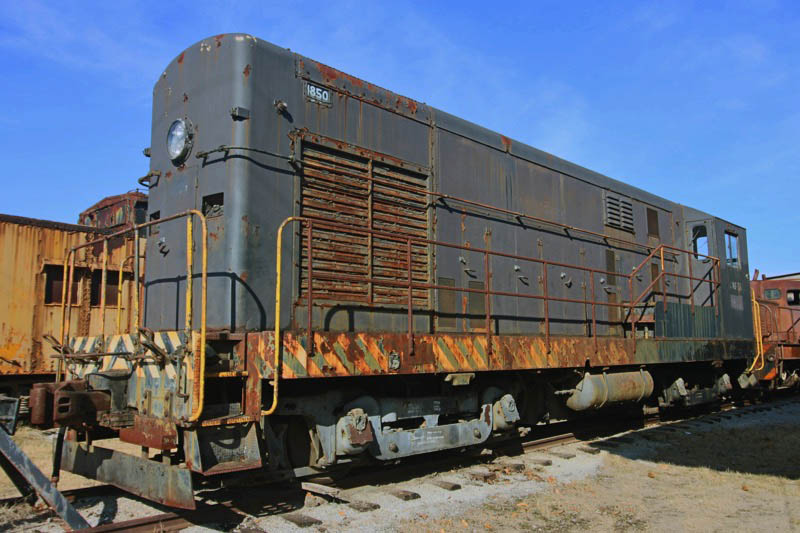
Calera & Shelby #1850
Calera, Al / Nov 2019 / RWH


Calera & Shelby #1850
(1 of 20 unit USAX order)
to Heart of Dixie Railroad Museum
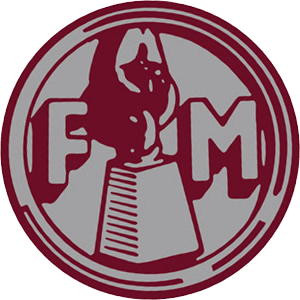
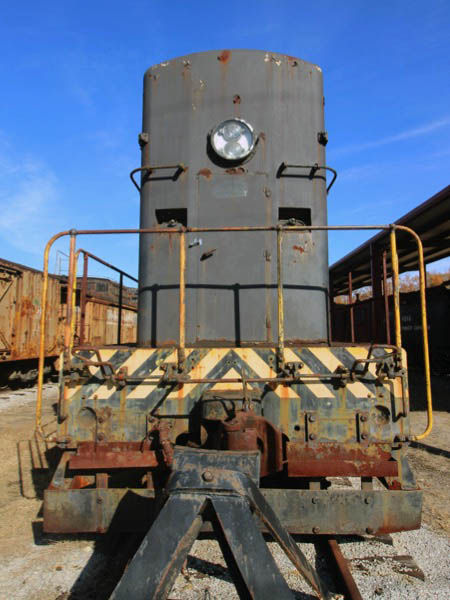
Nov 2019 / RWH

Nov 2019 / RWH
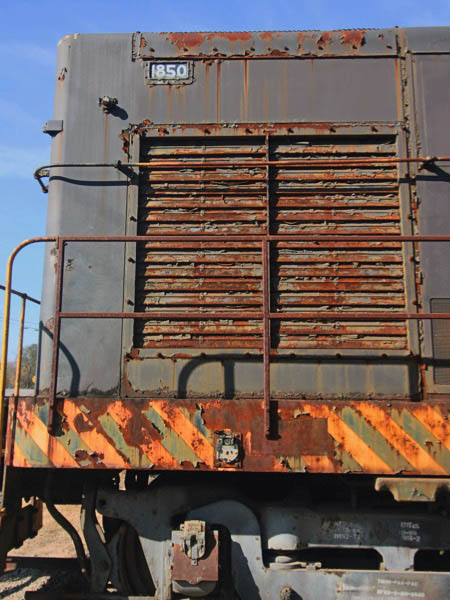
Nov 2019 / RWH
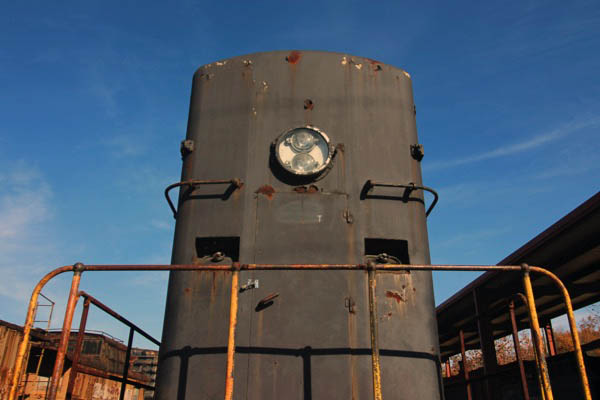

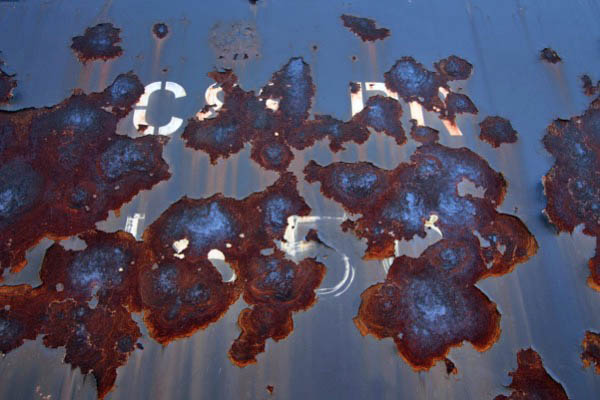

Nov 2019 / RWH

Calera, Al / Nov 2019 / RWH

Fairbanks-Morse (FM) No. 1850 is a H12-44 locomotive built in January and February of 1953 as part of a group of 20 locomotives. It is a 1200 horsepower 120-ton yard switcher. The locomotive was delivered with the Fairbanks Morse standard 2-cycle 38D-6 opposed piston prime mover capable of producing 1,200 horsepower via a B-B truck setup (meaning two axles per truck). Each of the six cylinders was 8.125 x 10 inches in size. This combination allowed for a top speed of 60 mpg and a tractive effort of 40,440 lbf.
The FM H12-44 became the builder's most successful diesel locomotive it ever produced with nearly 400 constructed over an eleven year period. Despite the fact that Fairbanks Morse diesels used the complicated opposed-piston prime mover, railroads became quite fond of them for their incredible lugging ability and relative lightweight.
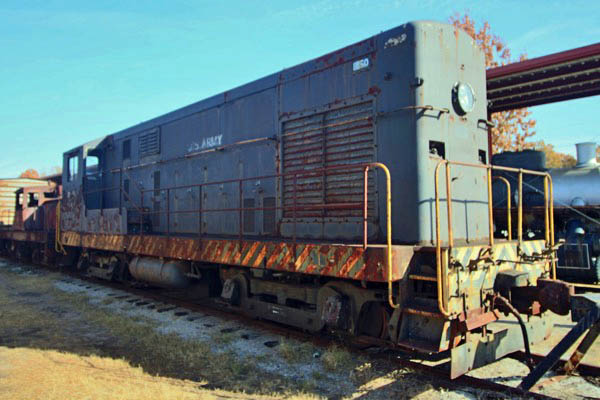
Calera, Al / Nov 2019 / RWH

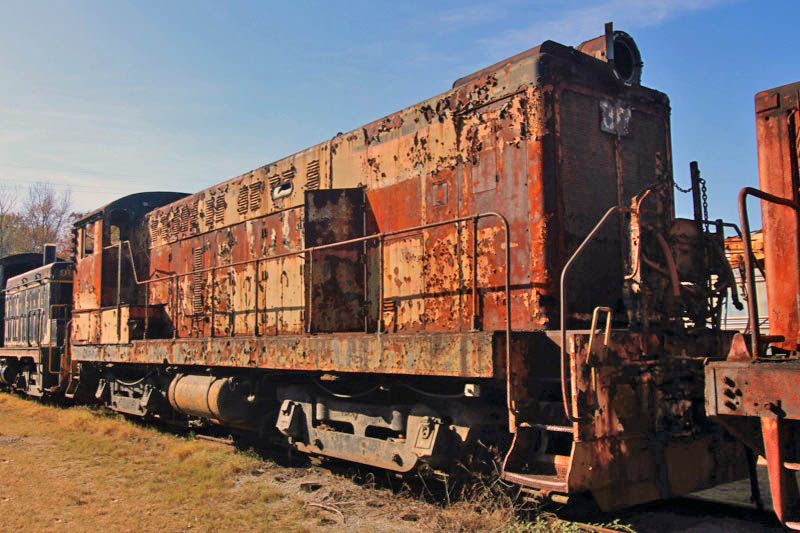
United States Pipe & Foundry #37
Calera, Al / Nov 2019 / RWH


United States Pipe & Foundry #37
to United States Pipe & Foundry #37
to Jim Walters Resources #37
to Jefferson Warrior #37
to Heart of Dixie Railroad Museum
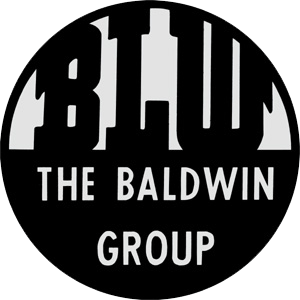
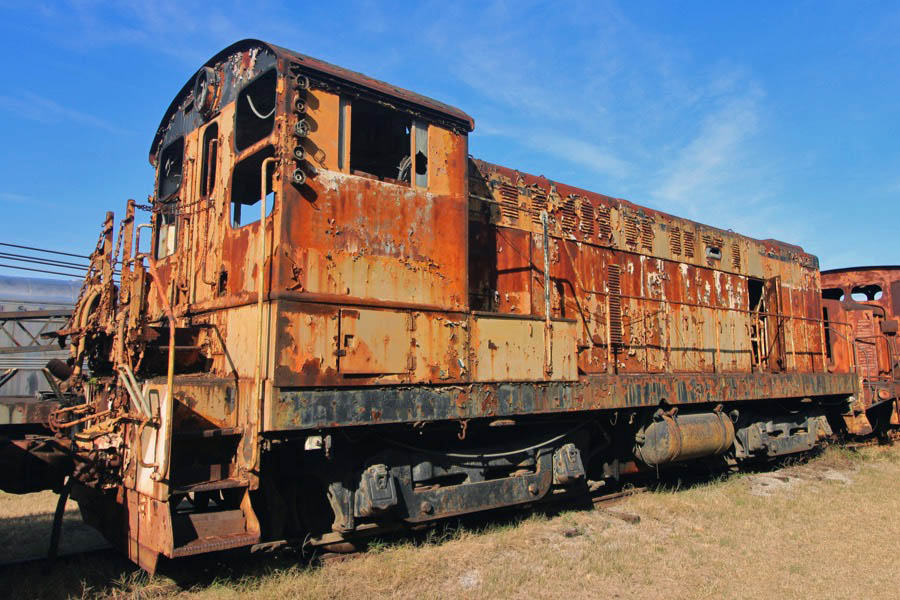
Calera, Al / Nov 2019 / RWH
